I stewed a while and finally decided to address this issue openly. Keep in mind that I offer the plain, unvarnished truth and that tact is not one of my many skills or talents.
Folks, I’d like nothing better than to report every week on the cute, sweet babies and adults that I put back into the wild. That, however, isn’t reality—not by a long shot. I don’t post these blogs to reinforce the “Disney” version of wildlife rehab, where all we do all day is play with healthy, happy animals who miraculously learn to be wild despite our constant cuddling. No, I post them to show what we really do—that while we do have successes and cute critters sometimes, this is frequently the exception rather than the norm. People need to understand how brutal and heartbreaking wildlife rehab can be sometimes; it may help them grasp why we’re as a whole an irritable, cynical lot.
Case in point: this past week. It was a hellacious, frustrating, heartbreaking week. Damn little went right from a rehab perspective. Every new intake except one either died within 24 hours or required euthanasia. I lost one of the screech owls to a rat snake (who will never eat another bird again). The single intake who survived this hellacious week may end up requiring euthanasia. Some fools left an unnested young hawk (of indeterminate species) on the ground for two days and only alerted me AFTER it had disappeared—like I could do anything at THAT point. And the “cherry on top” of this horrific week was the death this morning of the little bluebird I’d been fighting for two weeks to save. These are the weeks that make any rehabber with any vestigial shreds of sanity question their usefulness, efficacy and future as a rehabber.
So tell me, where’s the “cute” in that that’ll supposedly cause potential donors to open their checkbooks? Sometimes there IS no “cute”, only frustration, anger and sorrow. I don’t create fantasies where every intake is healthy, happy and releasable. I offer an inside look at a rehabber’s world, showing our struggle to retain some small degree of sanity, the constant scrabbling for funding, the frustration at unexplained deaths, the sorrow when a struggling animal loses the battle, the anger when people do stupid things—that’s our reality. I don’t hold back, openly admitting my mistakes and venting my frustrations, as well as sharing my successes and my sorrow for the ones I can’t save; otherwise I’d come across as some sort of superhuman hero—and I’m not. I’m an ordinary wildlife rehabber, flying by the seat of my pants and hoping like hell my britches don’t rip.
So…sorry if my lack of constant “cute” seals people’s checkbooks shut—and a final comment on that: the “cute”, healthy critters don’t usually need financial support as badly; it’s the ones who require more extensive care who eat through our limited resources most quickly, and if they’re not “cute” enough for people to help, then maybe those people are the ones with a problem, not me or any other rehabber.
On to this week’s litany of woes…
As I mentioned, the Eastern bluebird fledgling I’d been fighting to save lost her battle this morning. A vet visit ruled out parasites but she was losing weight despite being fed every half hour. We tried a few last-ditch measures to see if they’d help, and yesterday she’d perked up and was not only gaping fairly consistently but was eating a few mealworms on her own. I was hopeful that she’d turned the corner, was over whatever her mystery ailment was, and would begin to thrive again. Shortly after sunrise today, she died.
The surviving screech was pretty traumatized yesterday but has recovered and is full of piss and vinegar today. He's also been placed inside in a snake-proof reptarium, with a cardboard nest box.
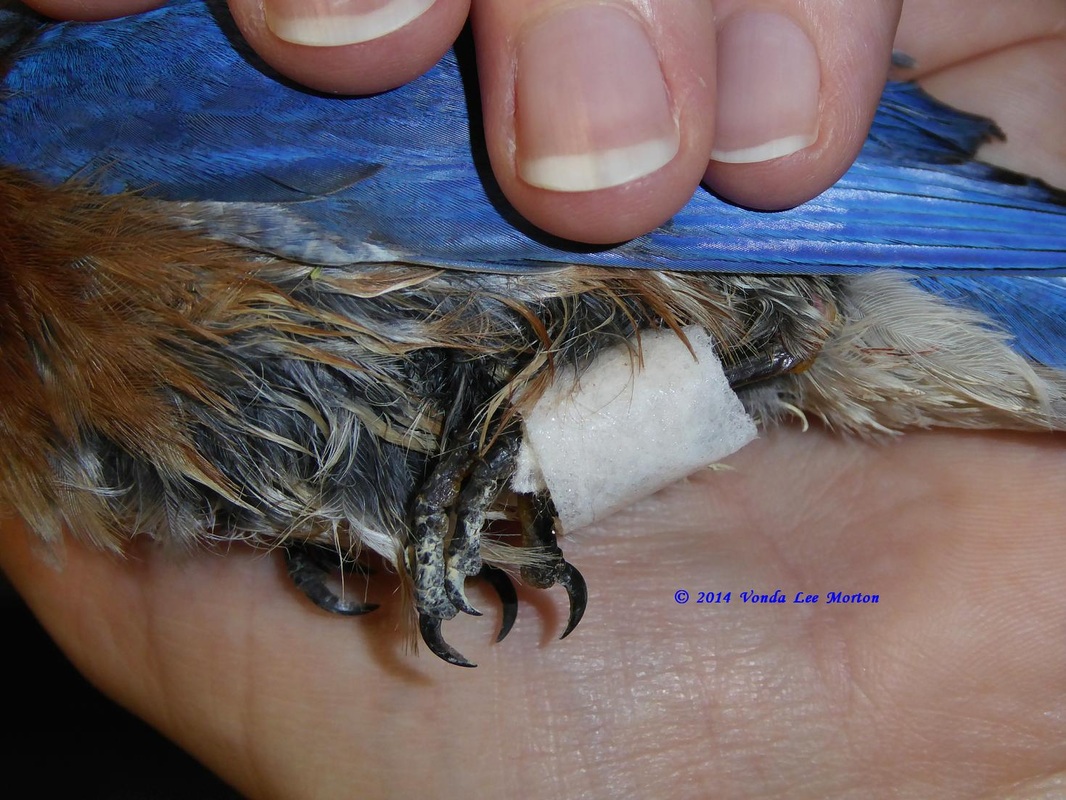
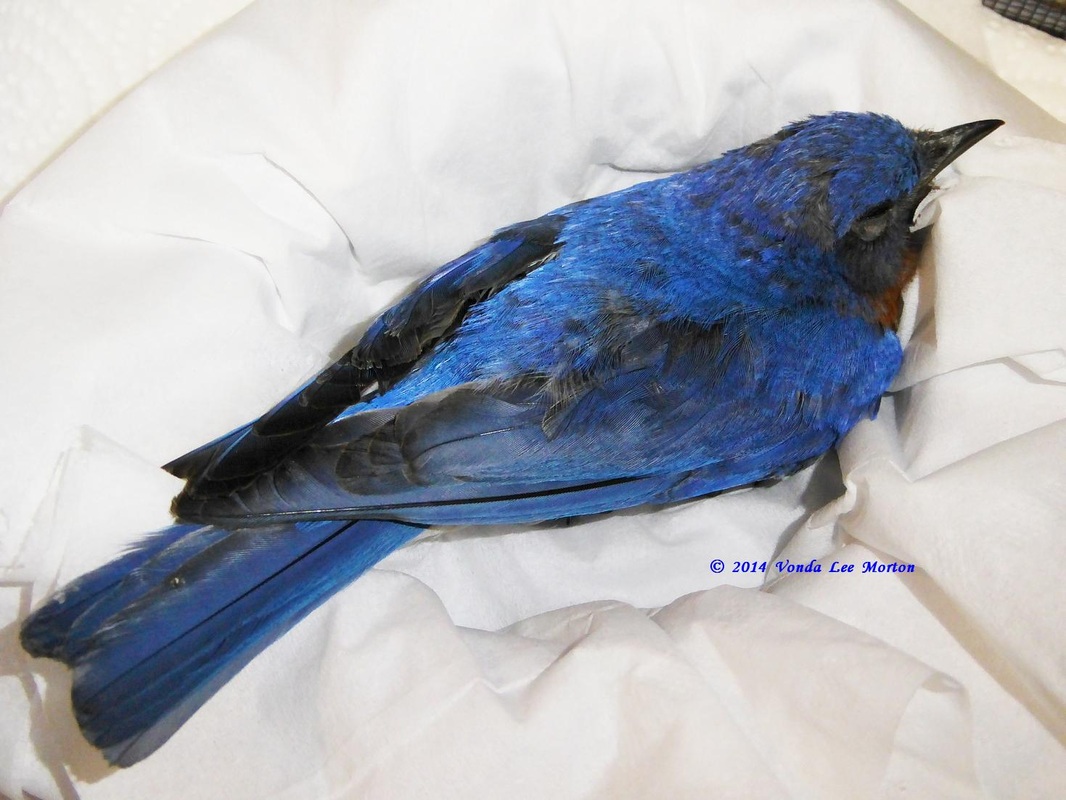
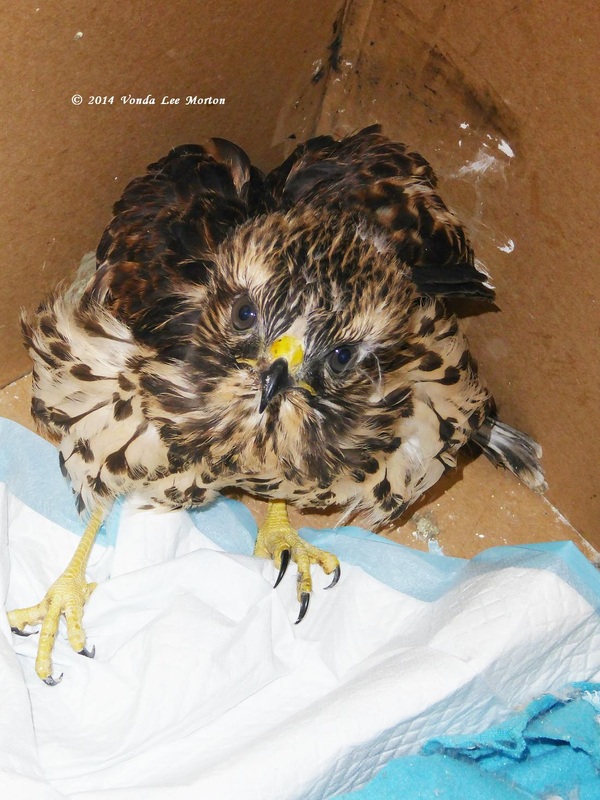
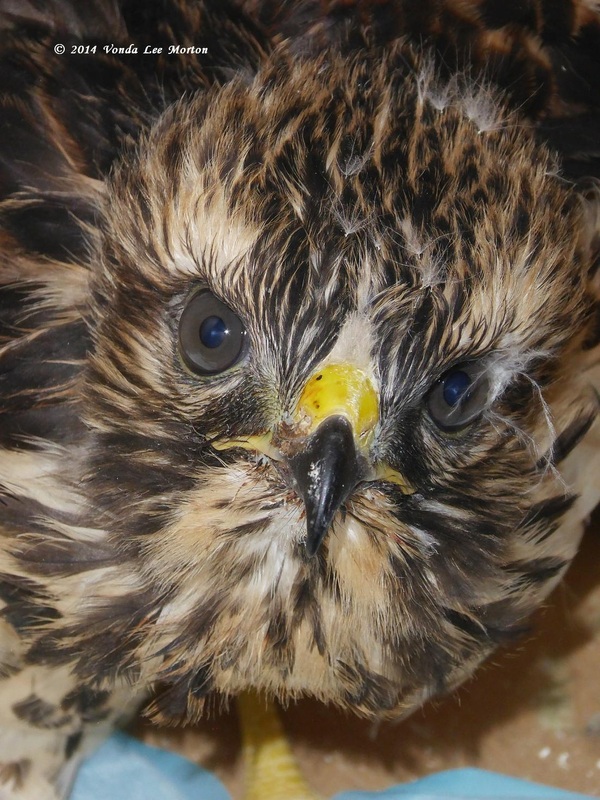
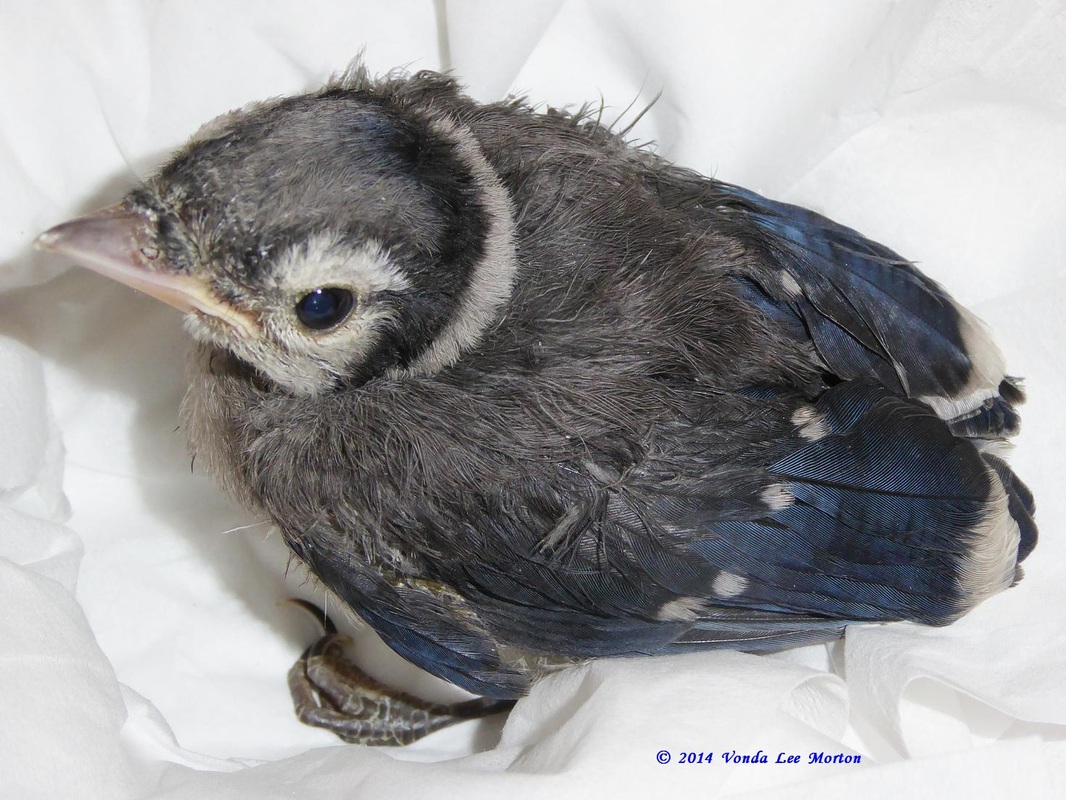
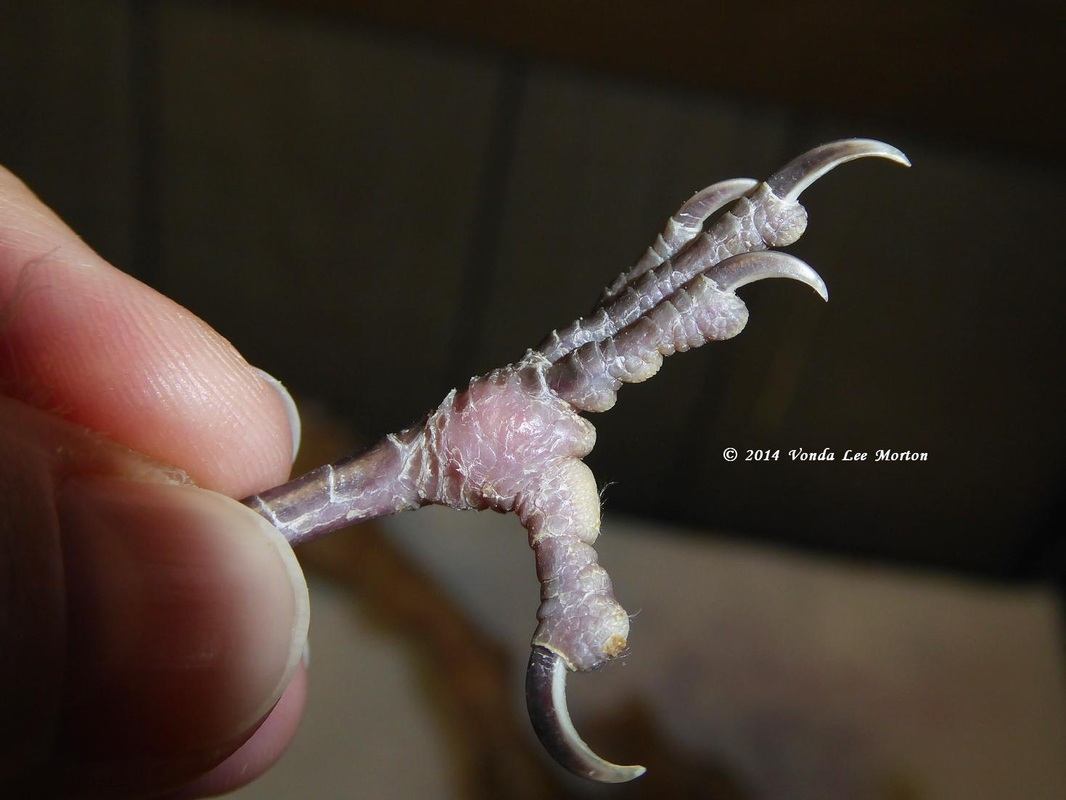
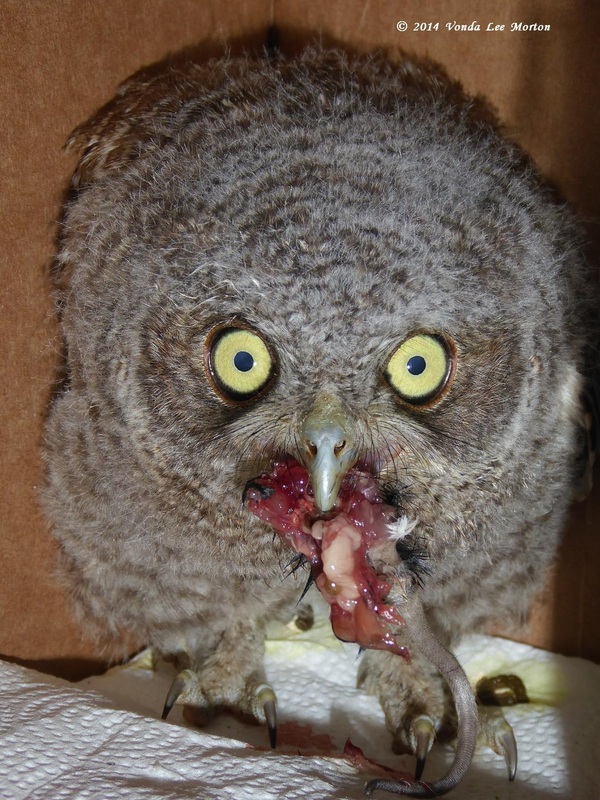
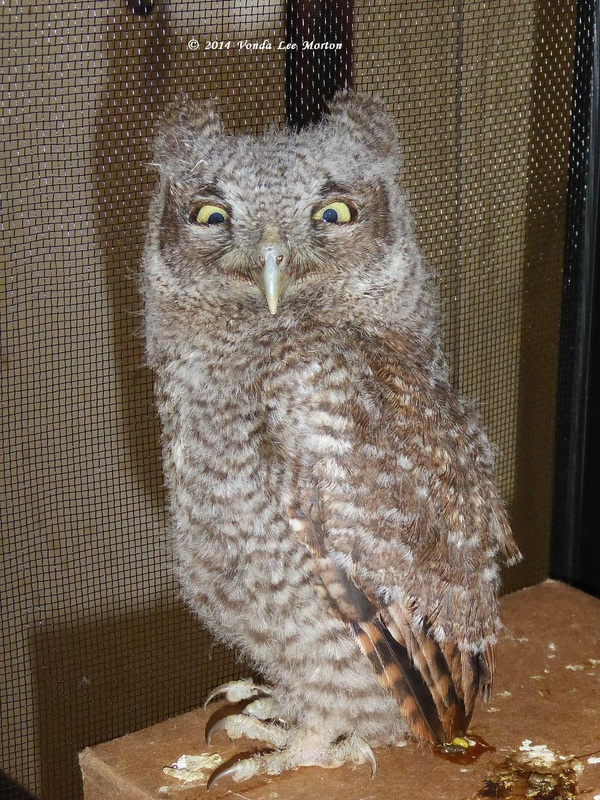
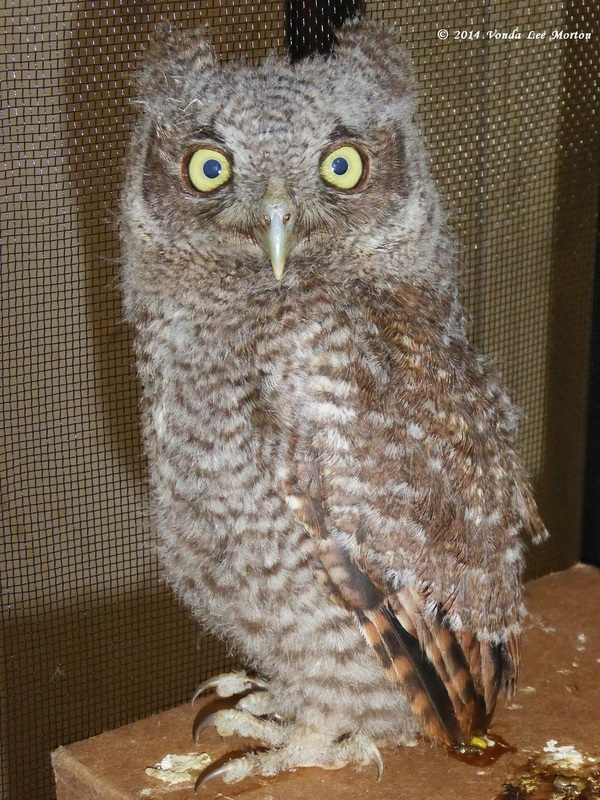
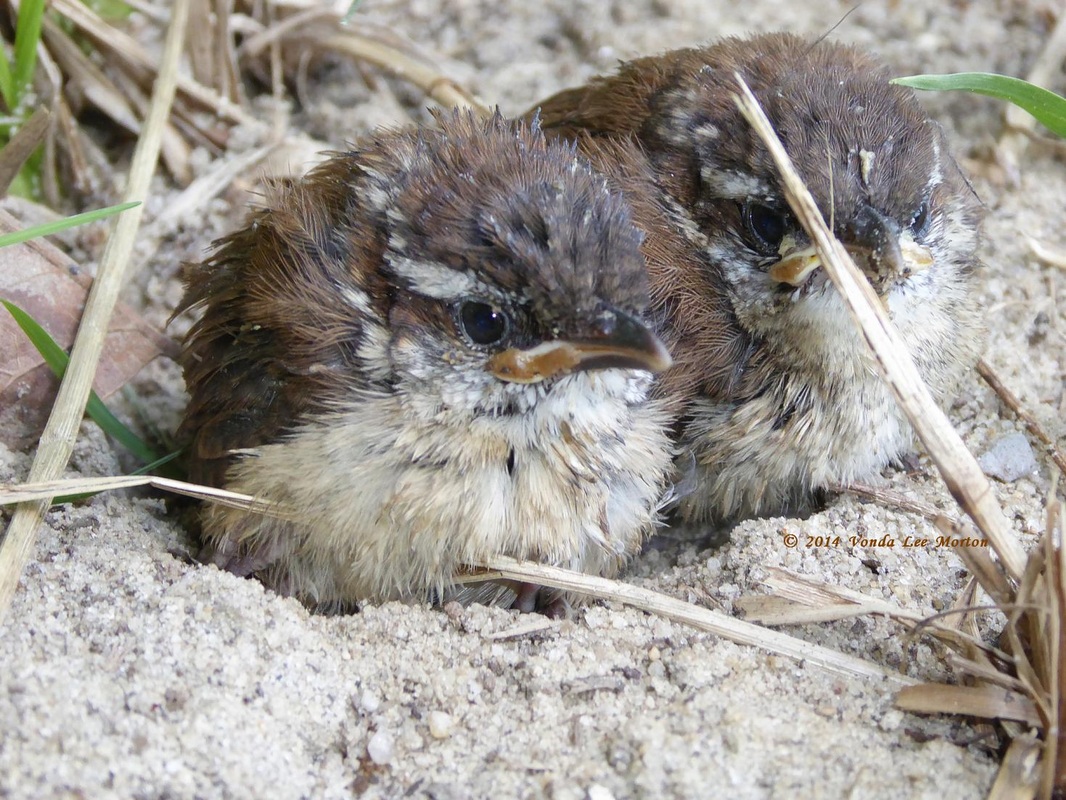
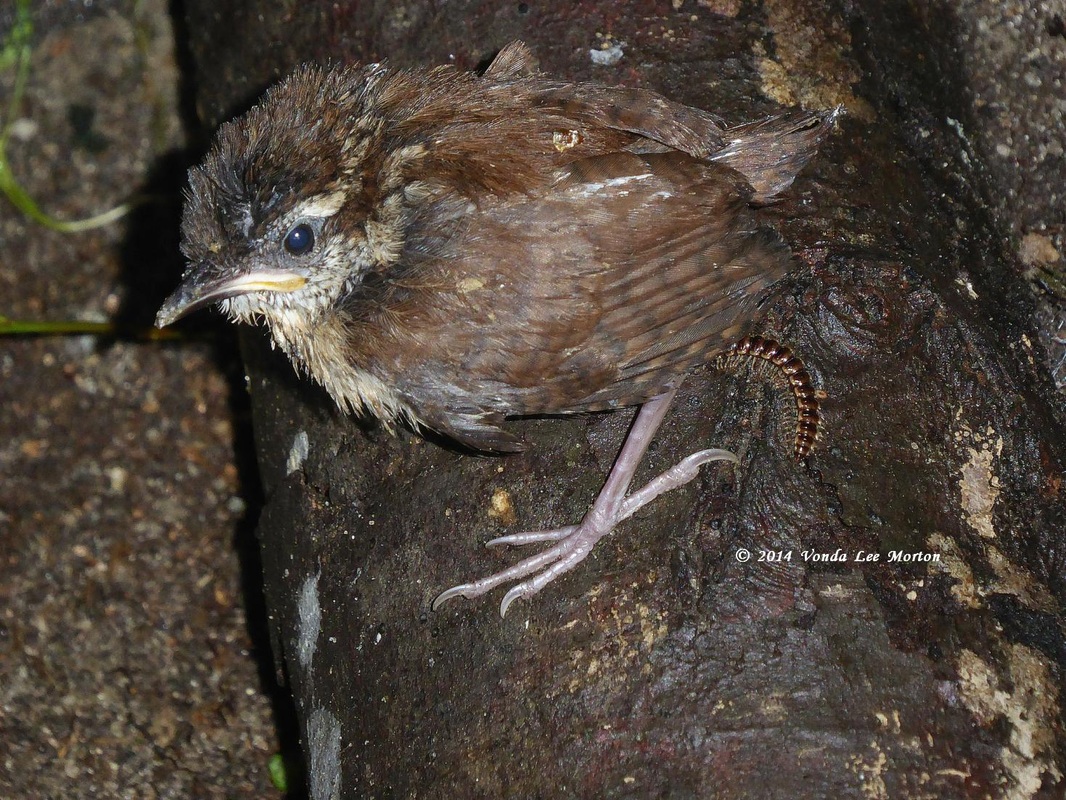
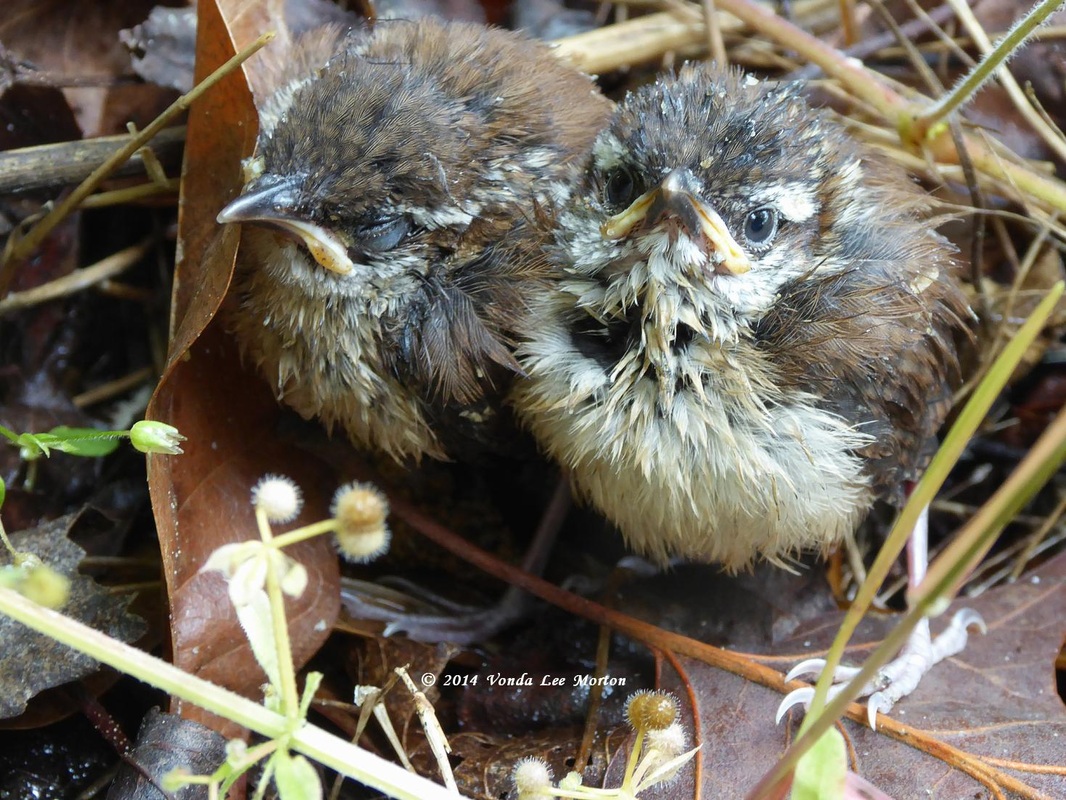
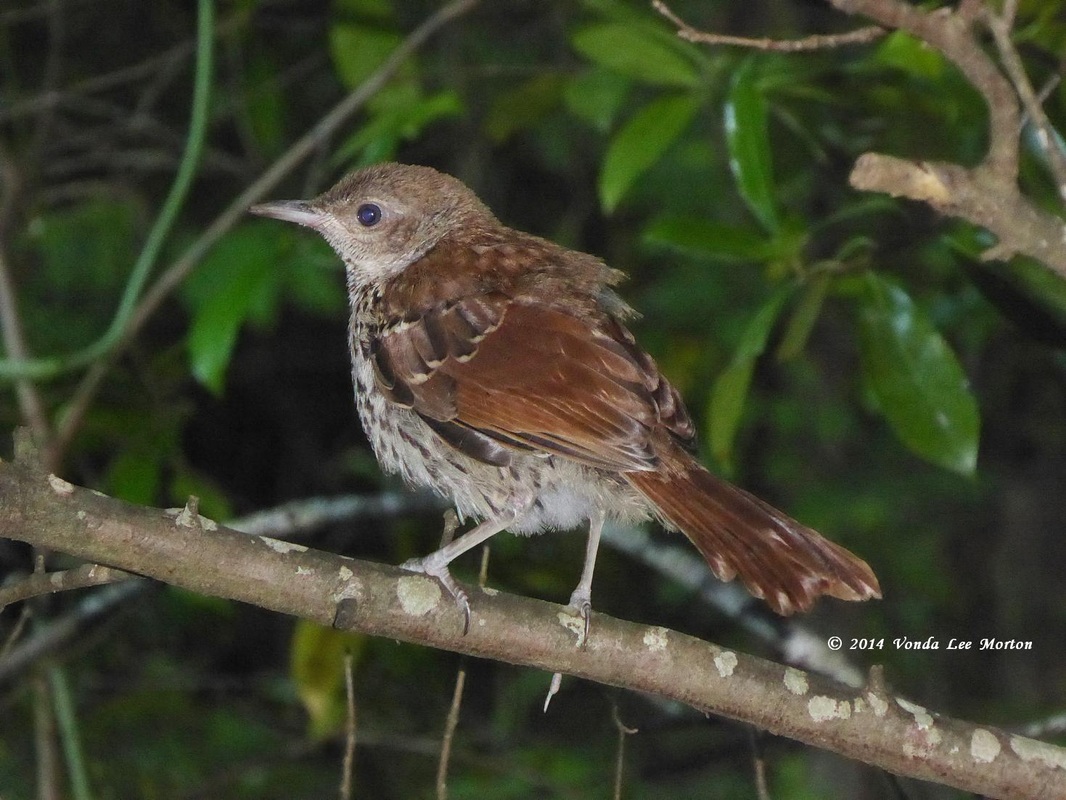
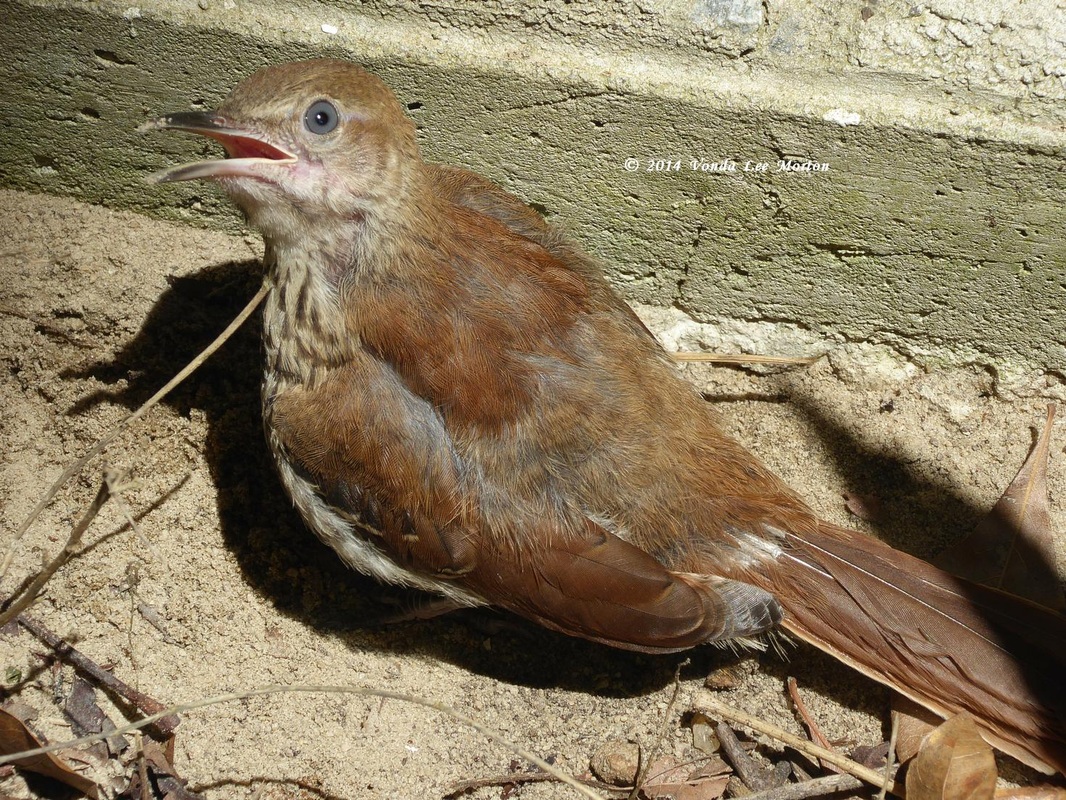
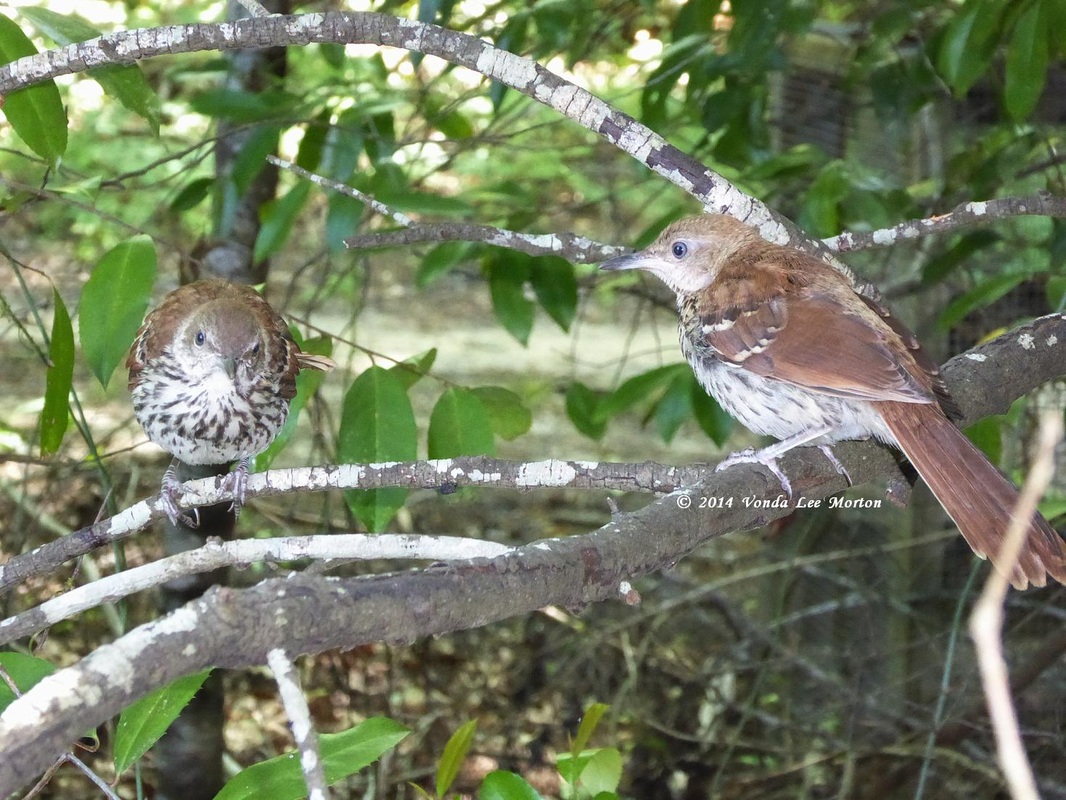
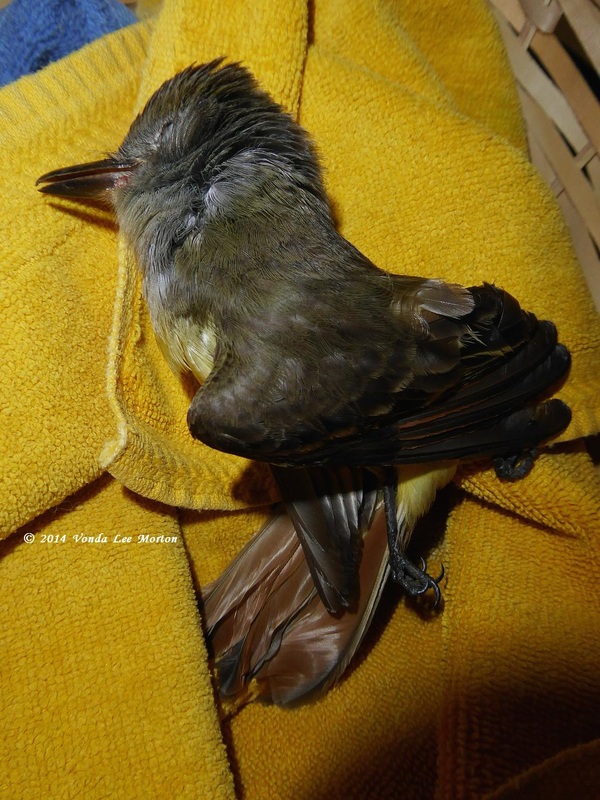
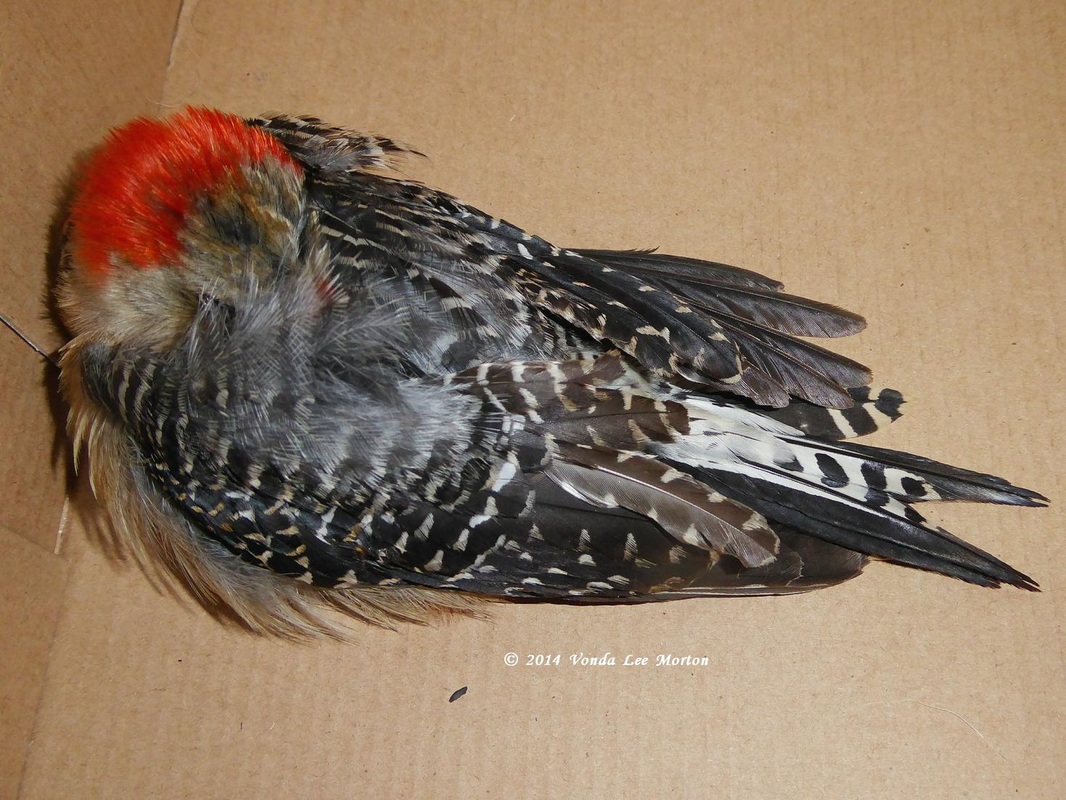
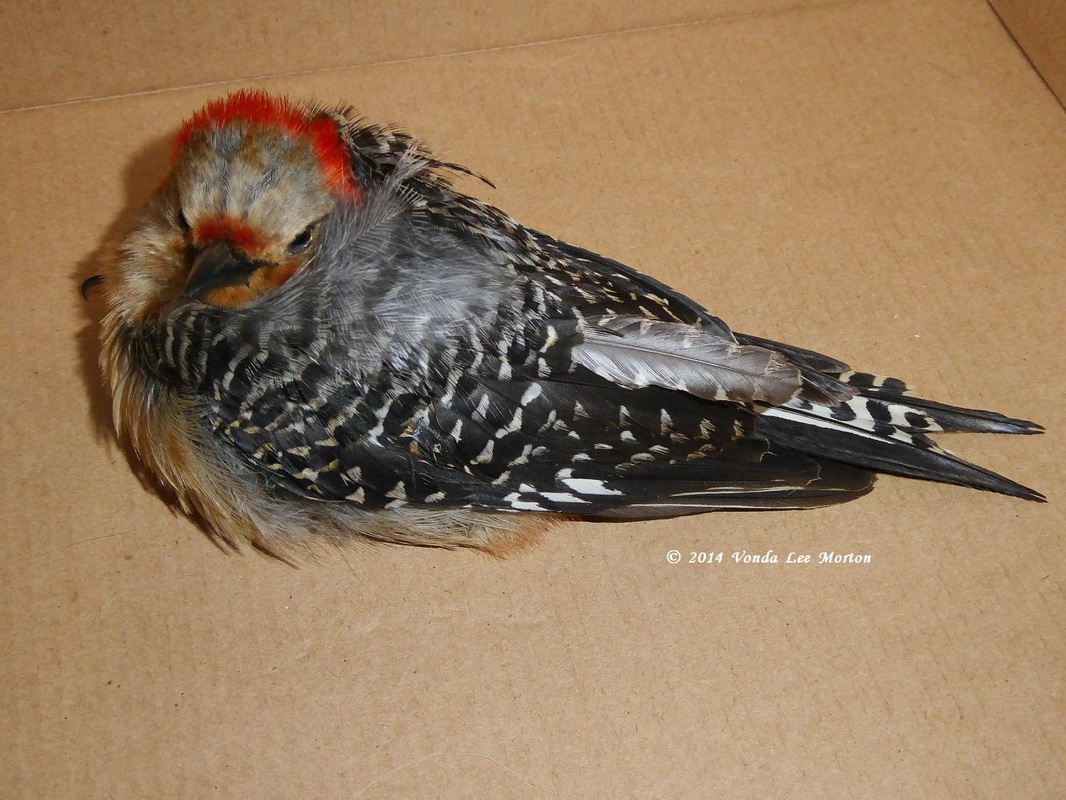
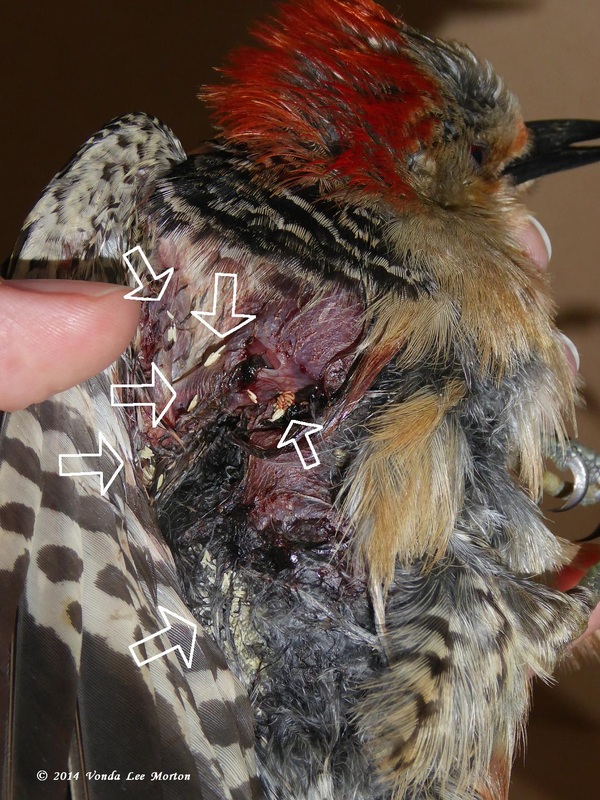
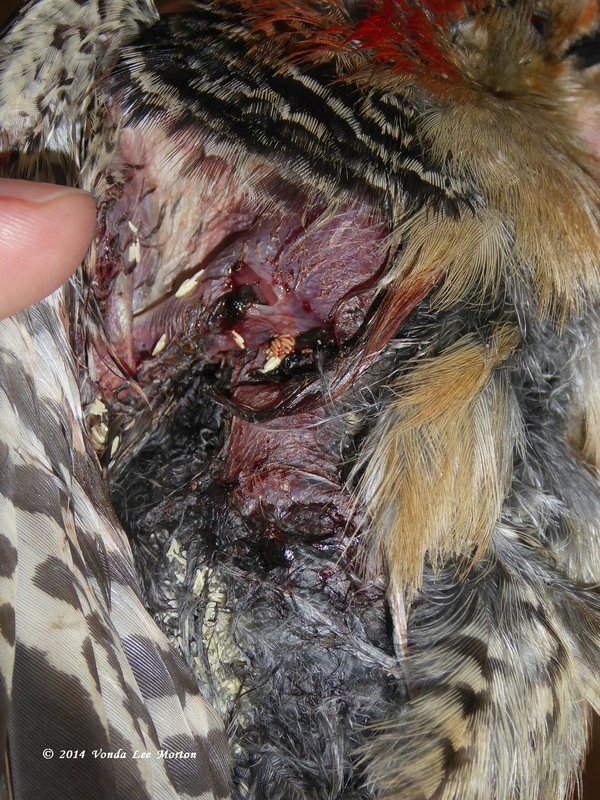
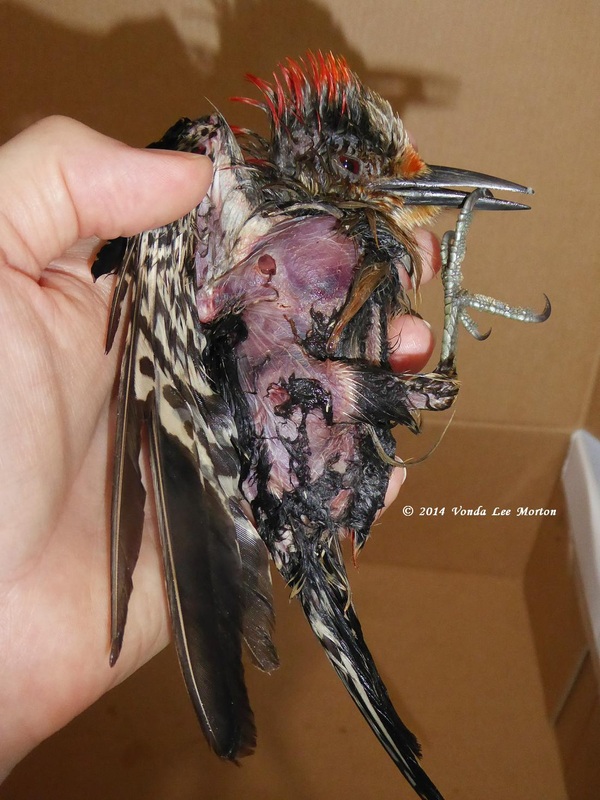
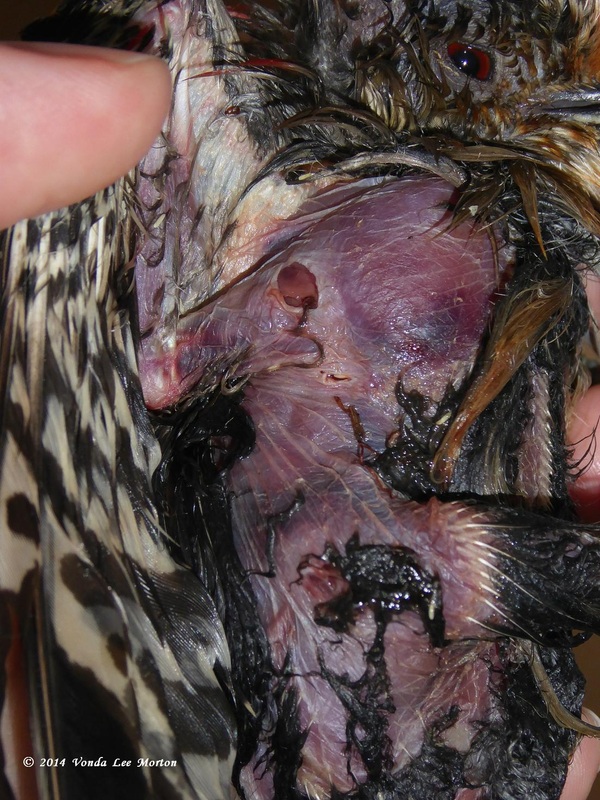
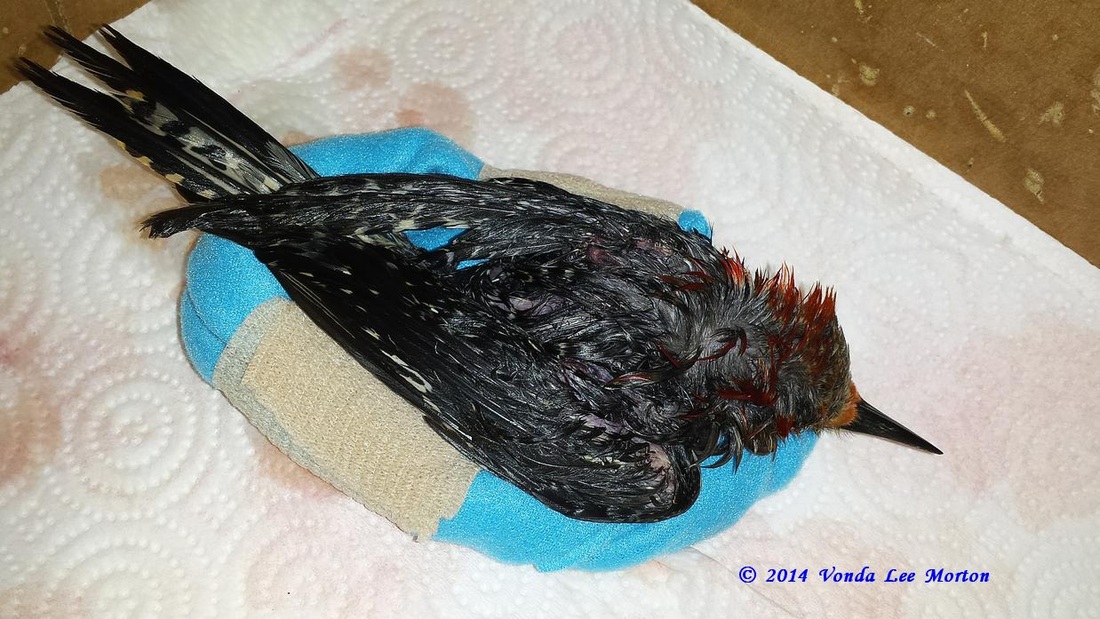
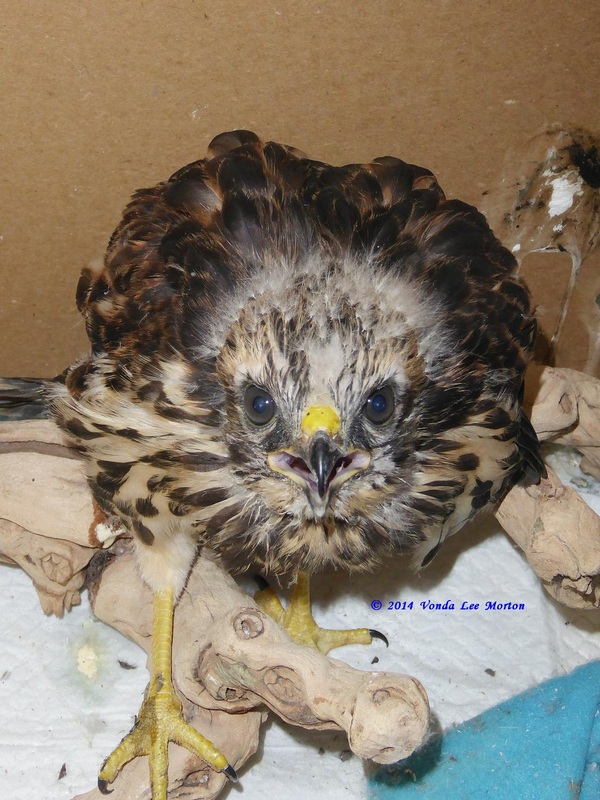
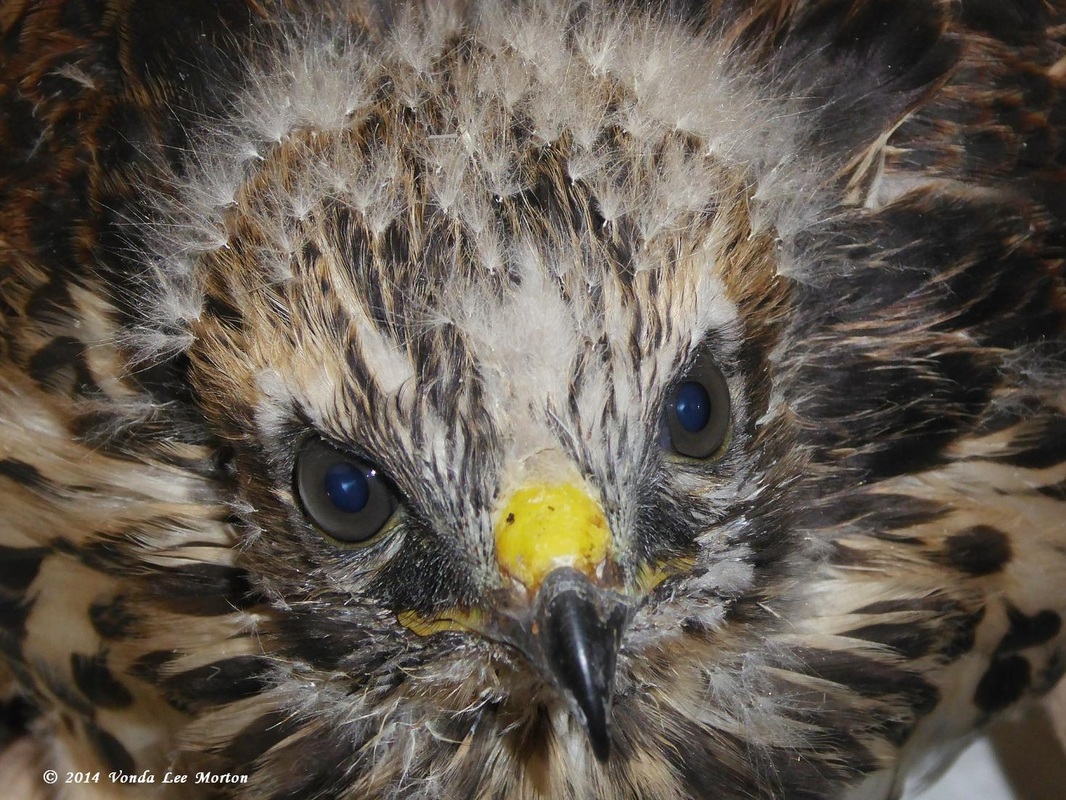
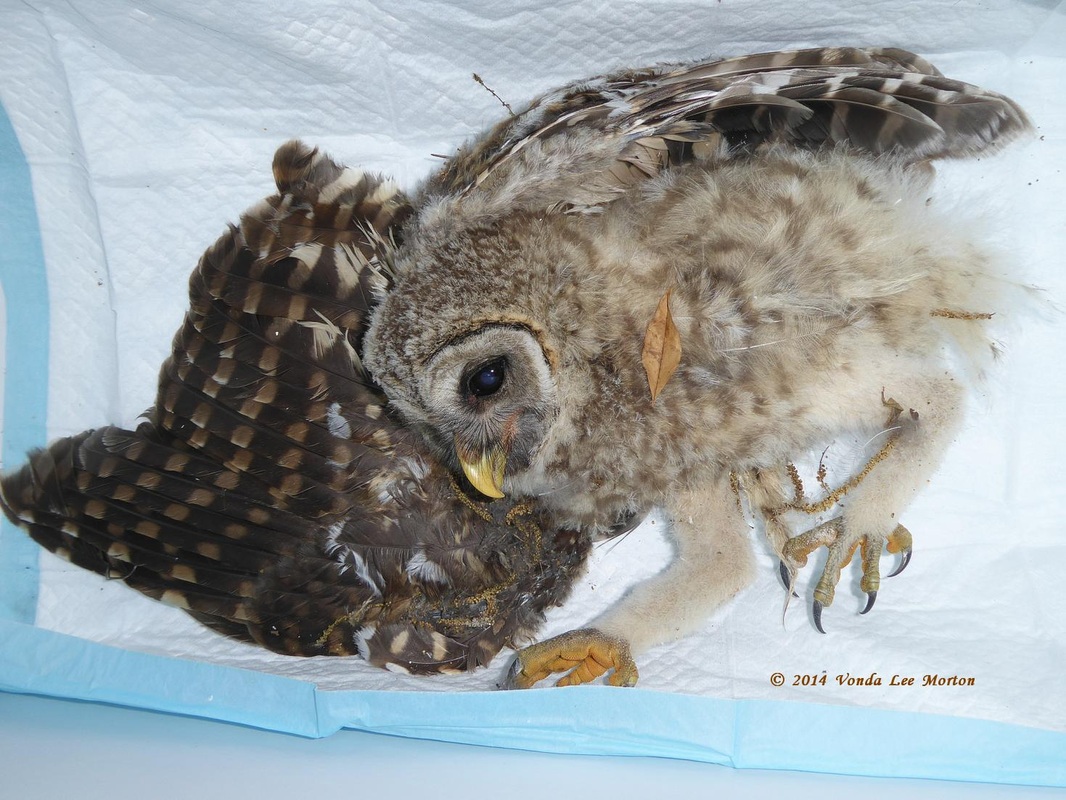
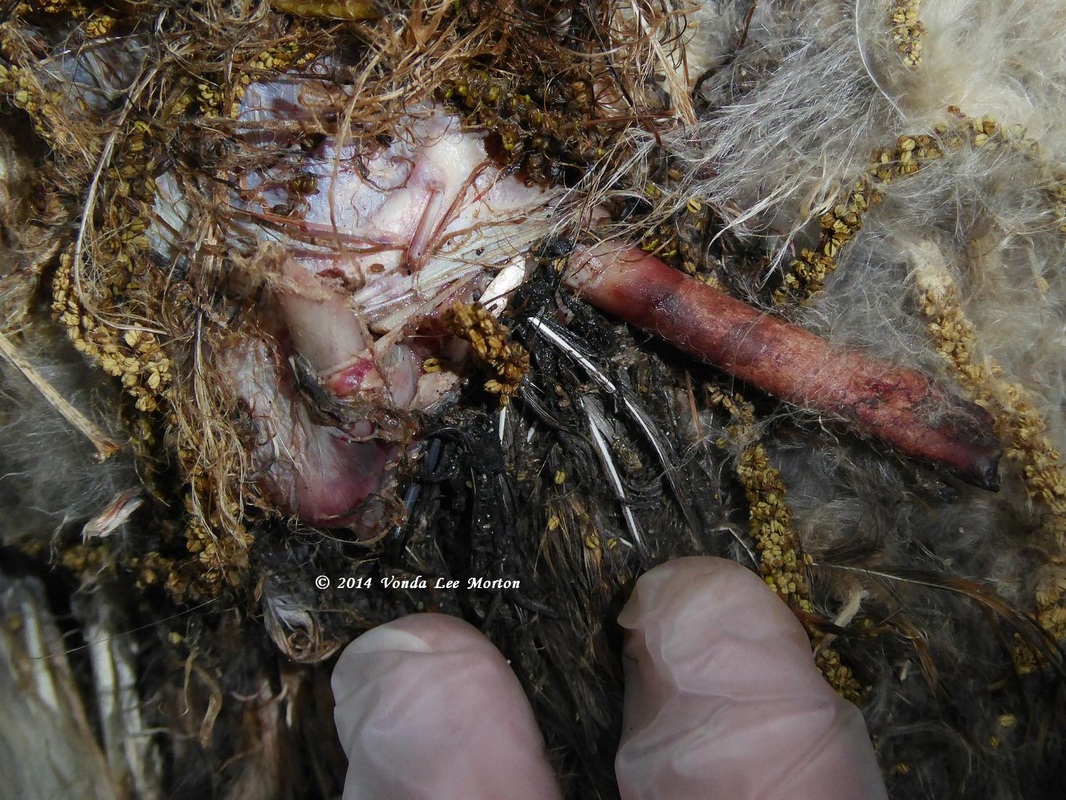
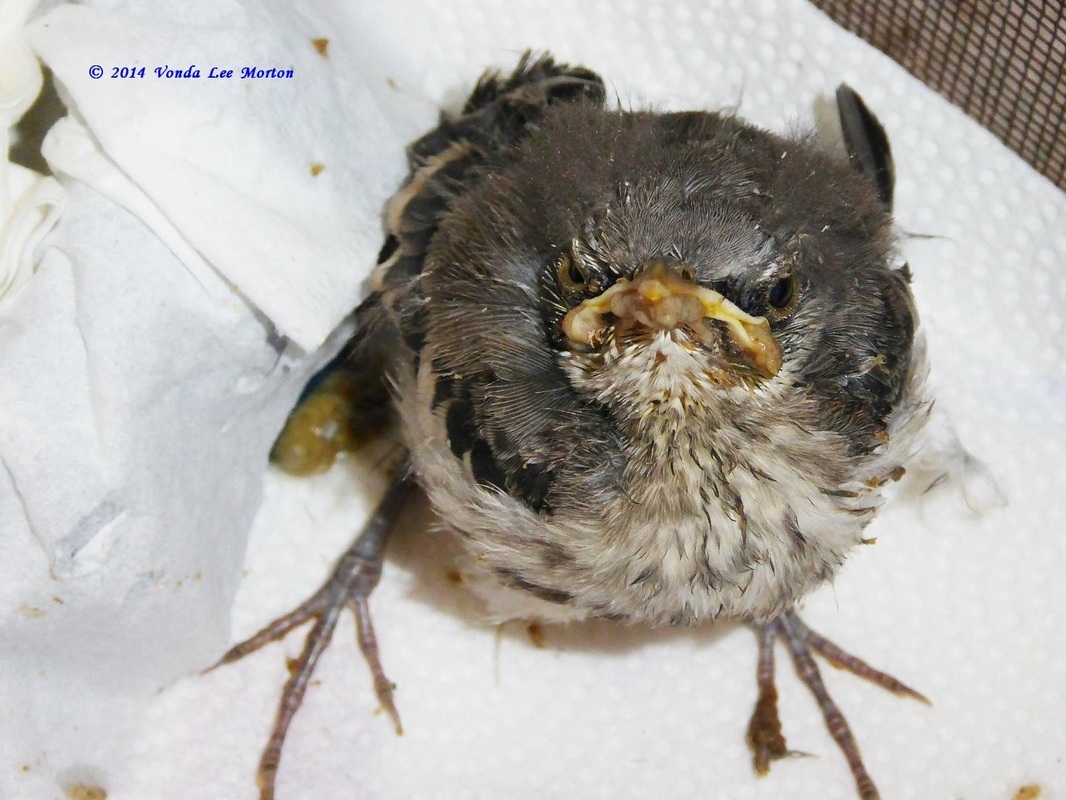
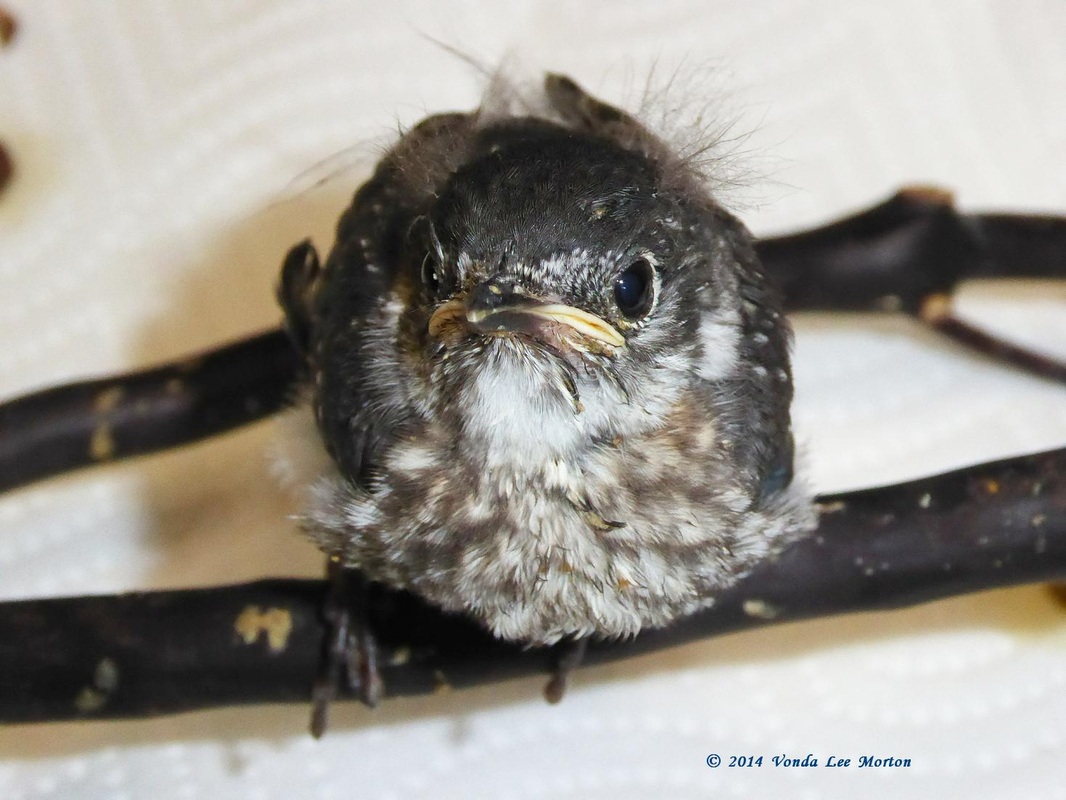
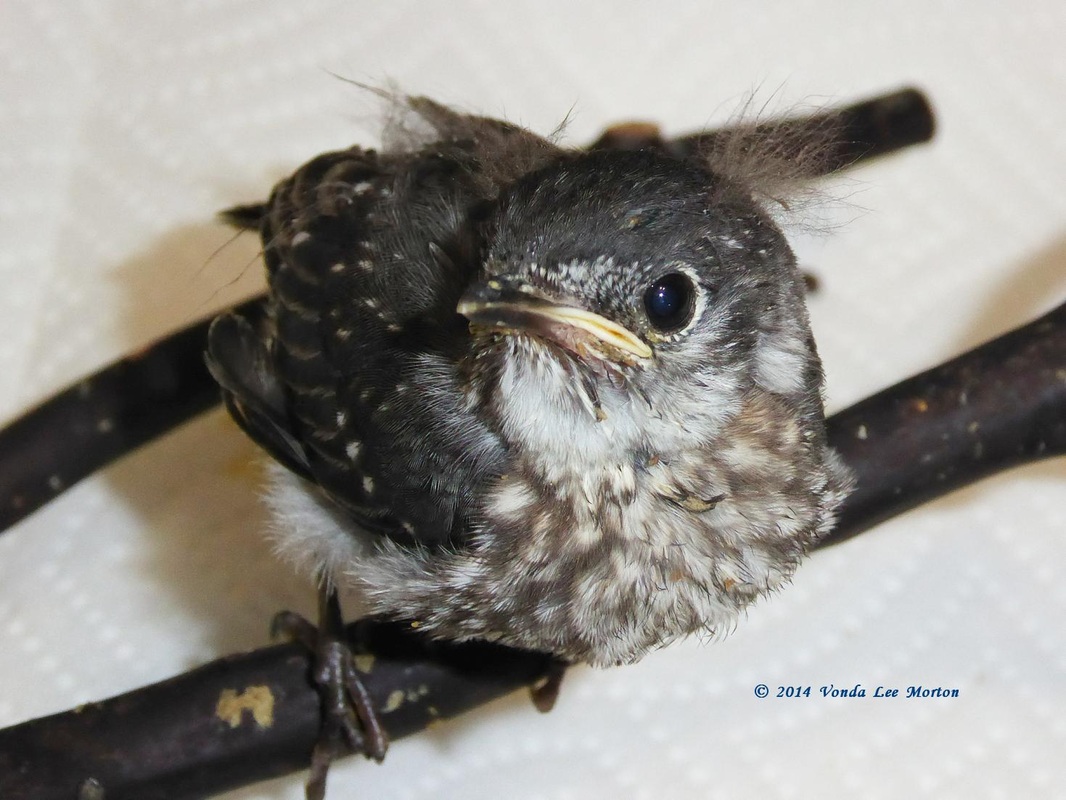
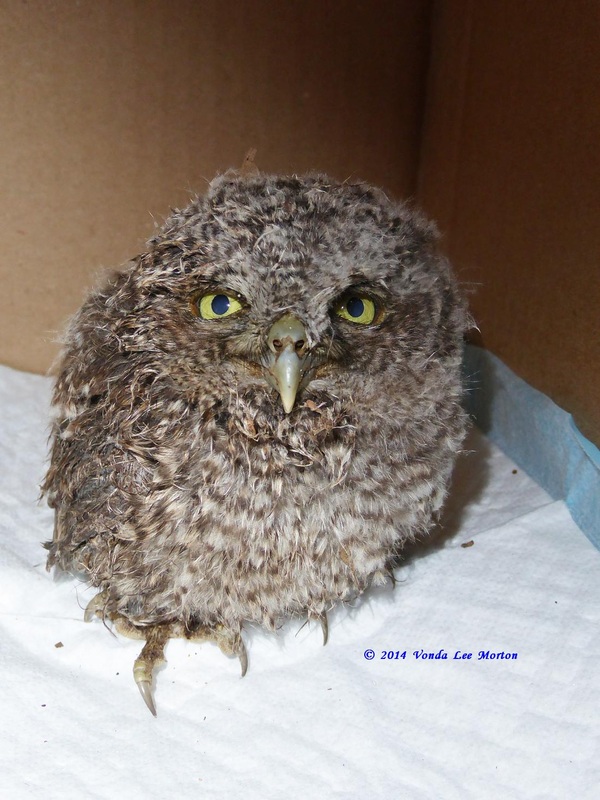
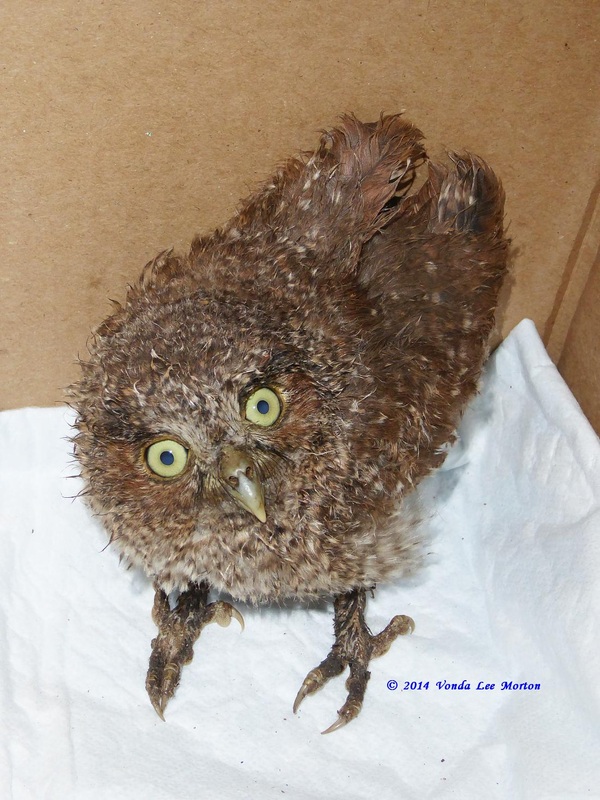
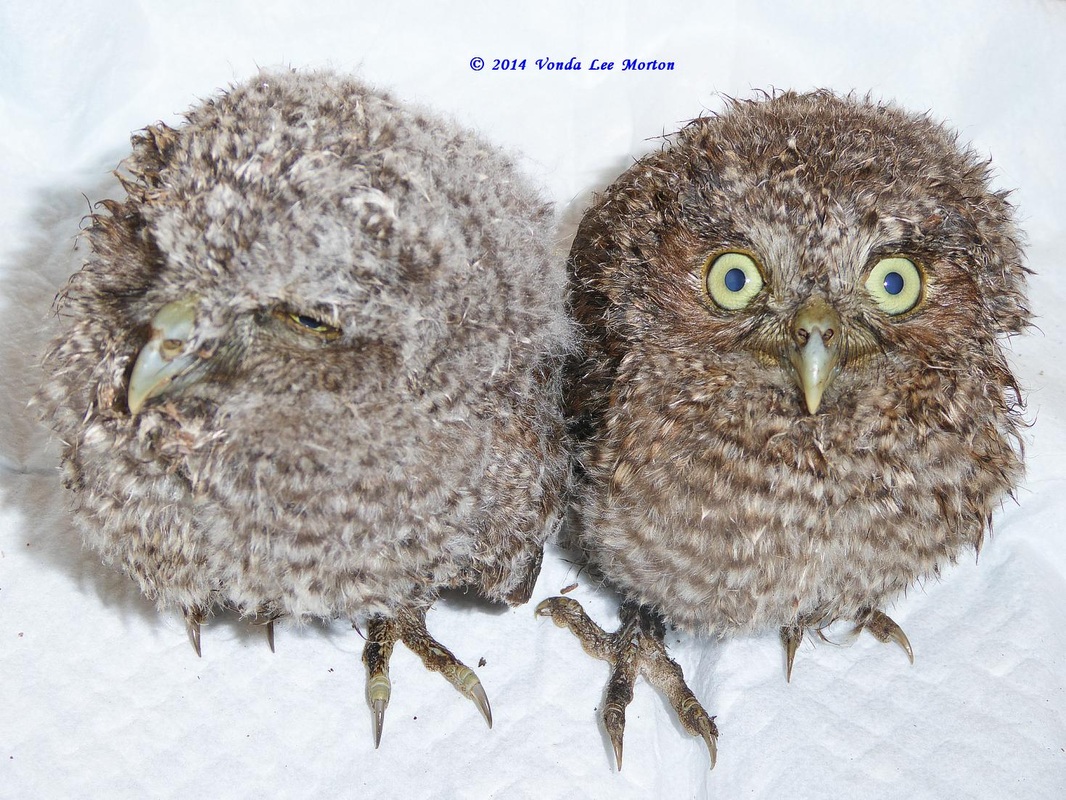
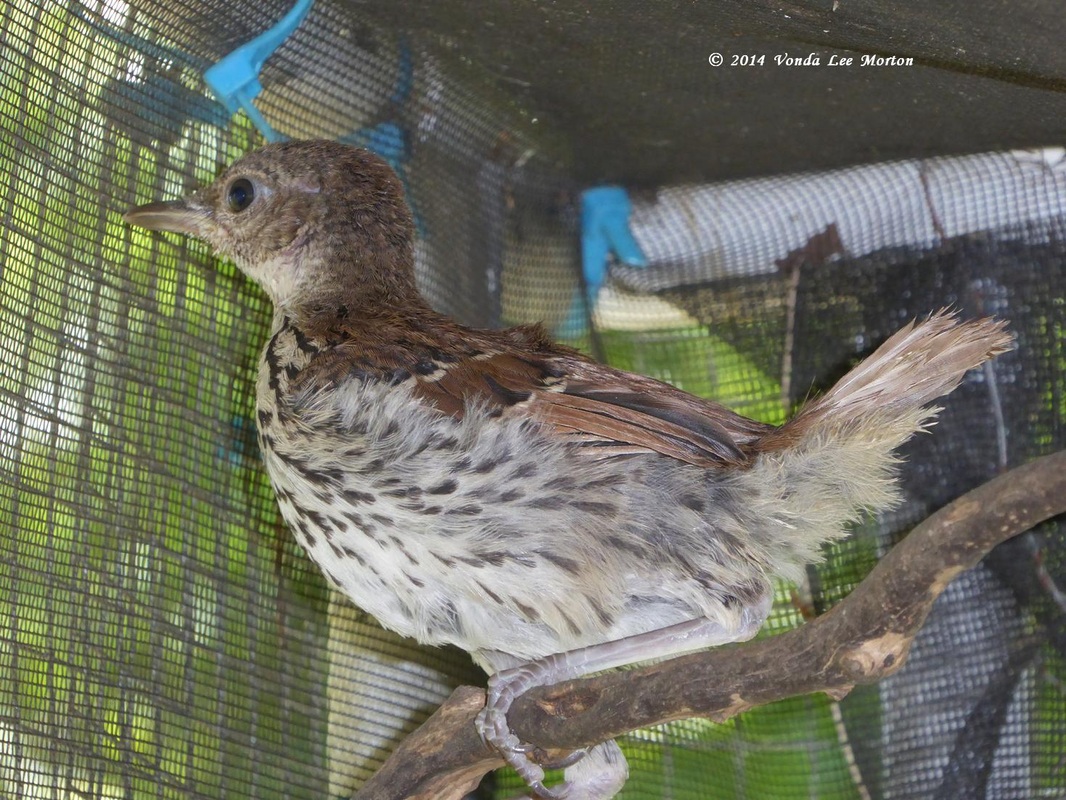
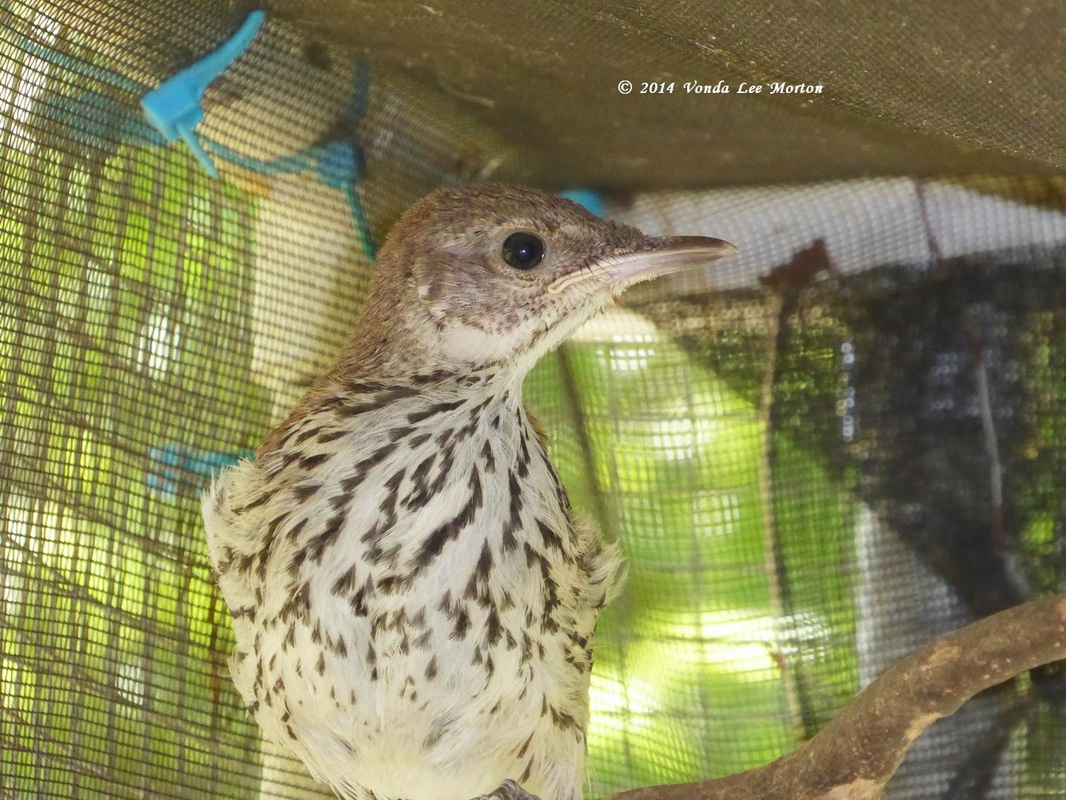
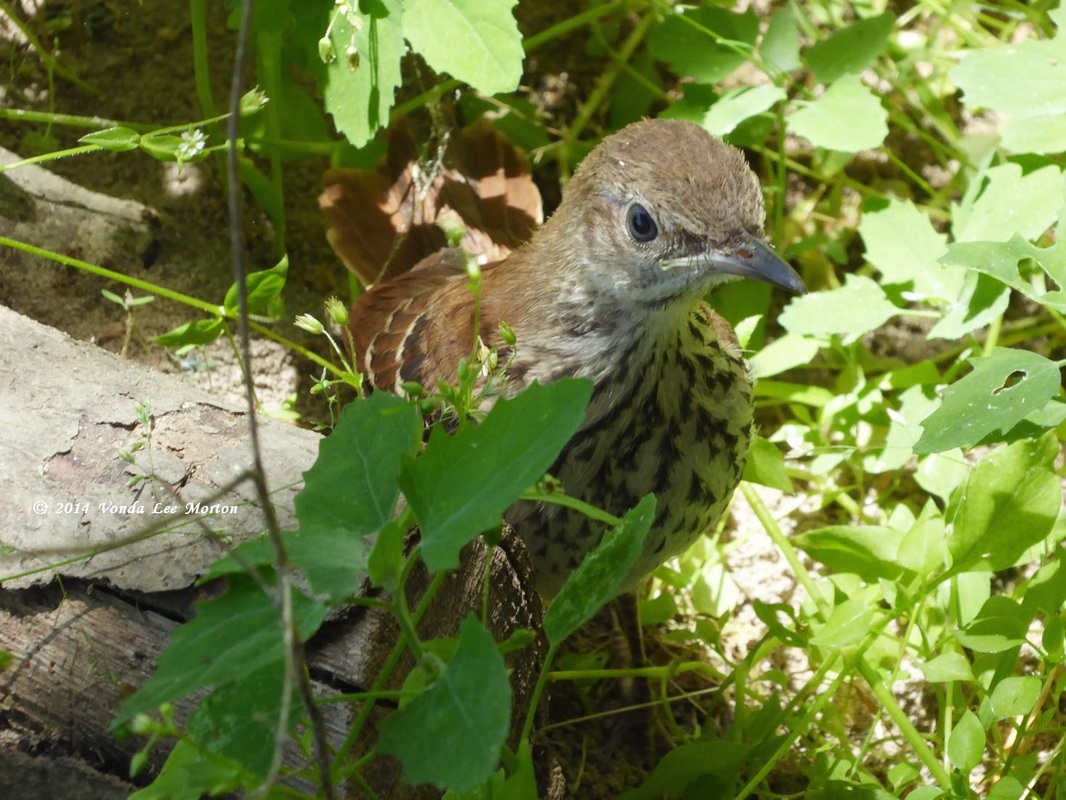
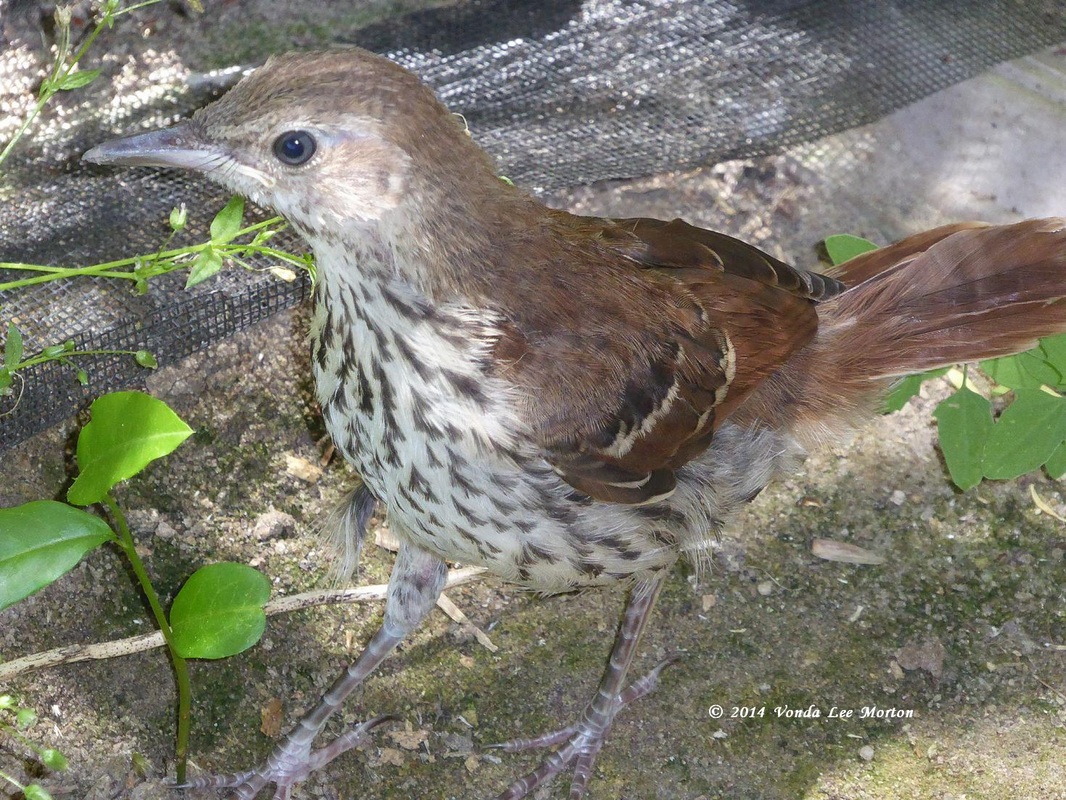
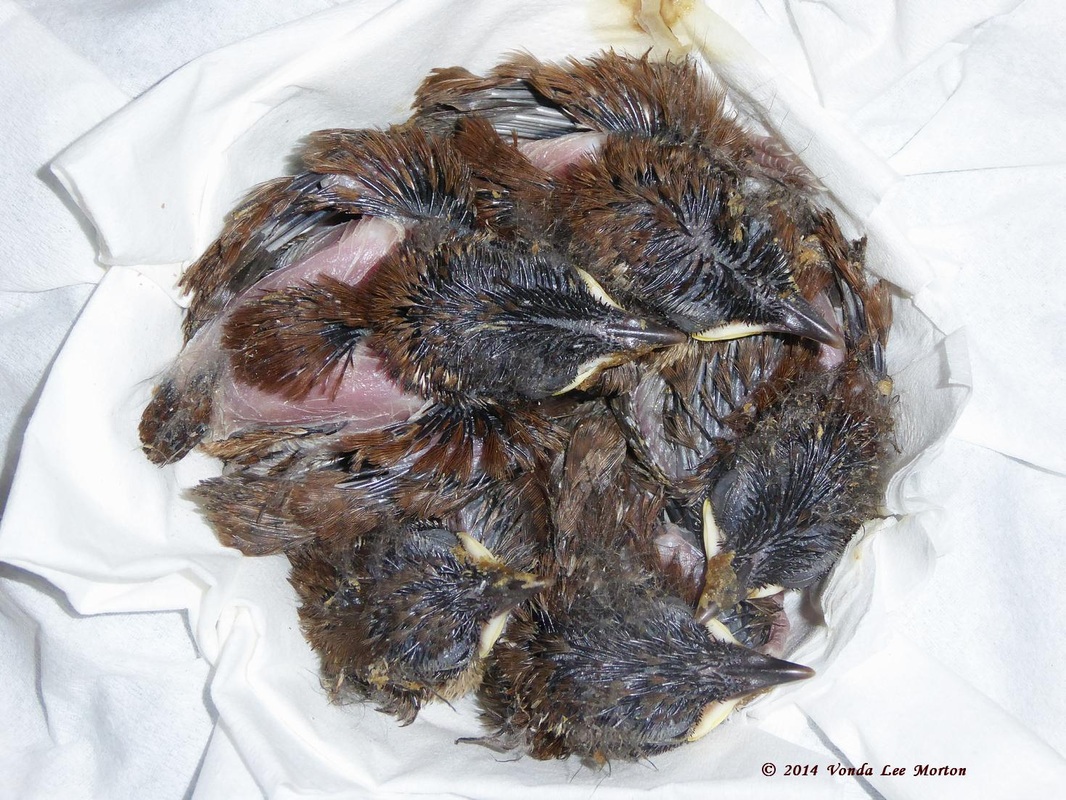
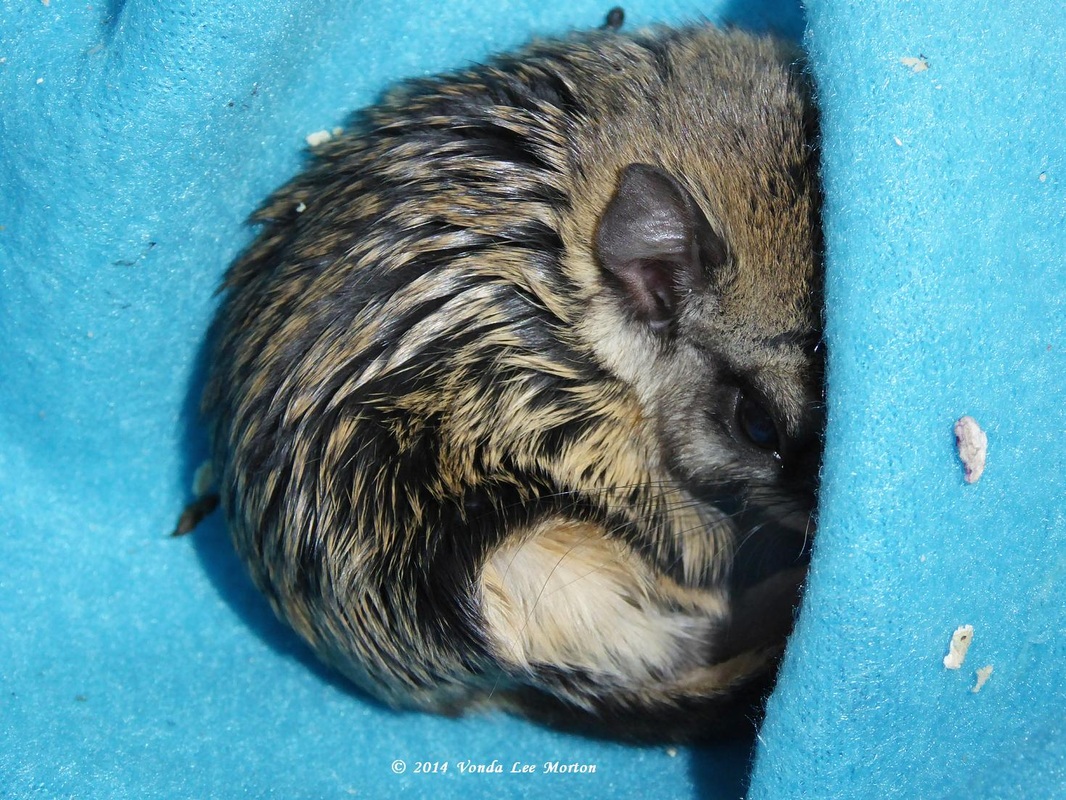
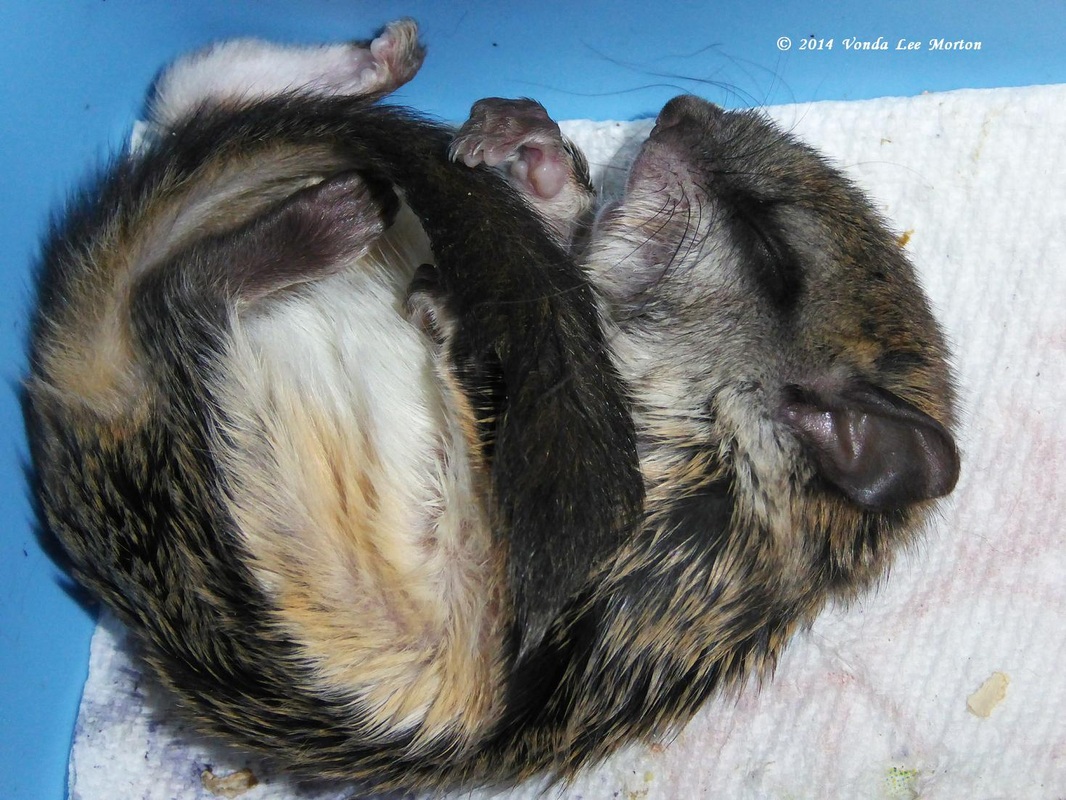
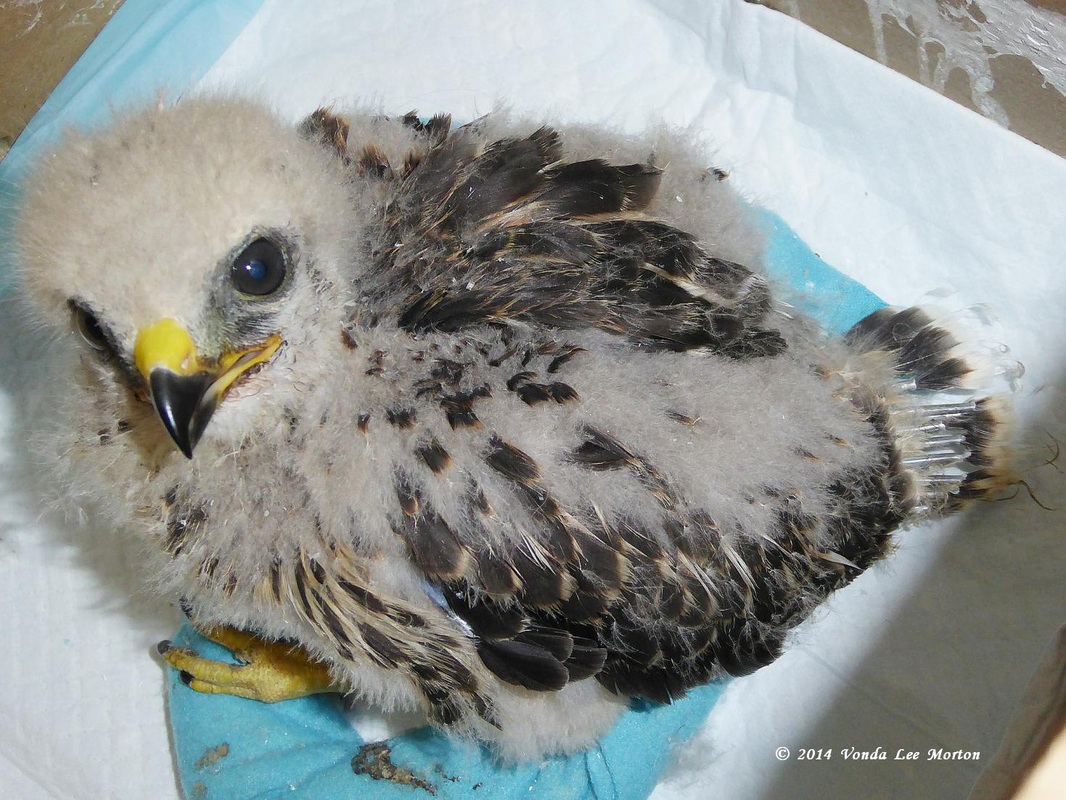
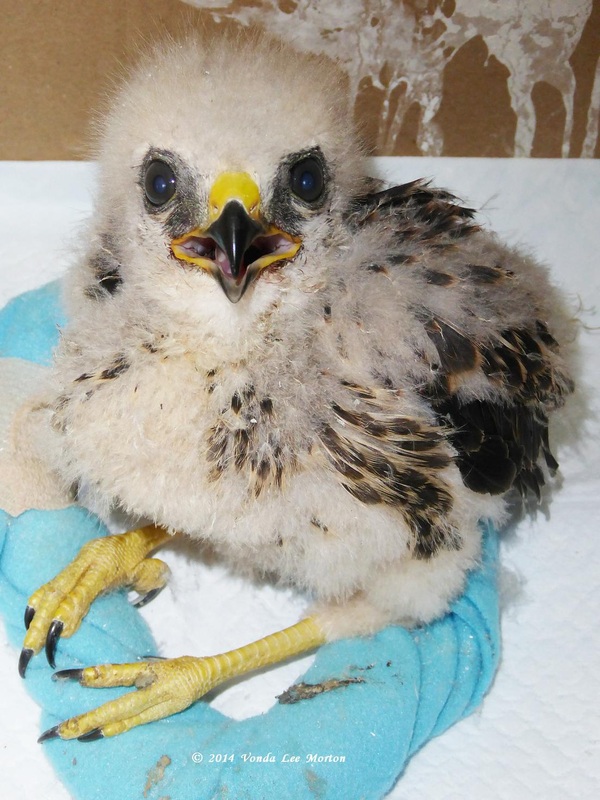
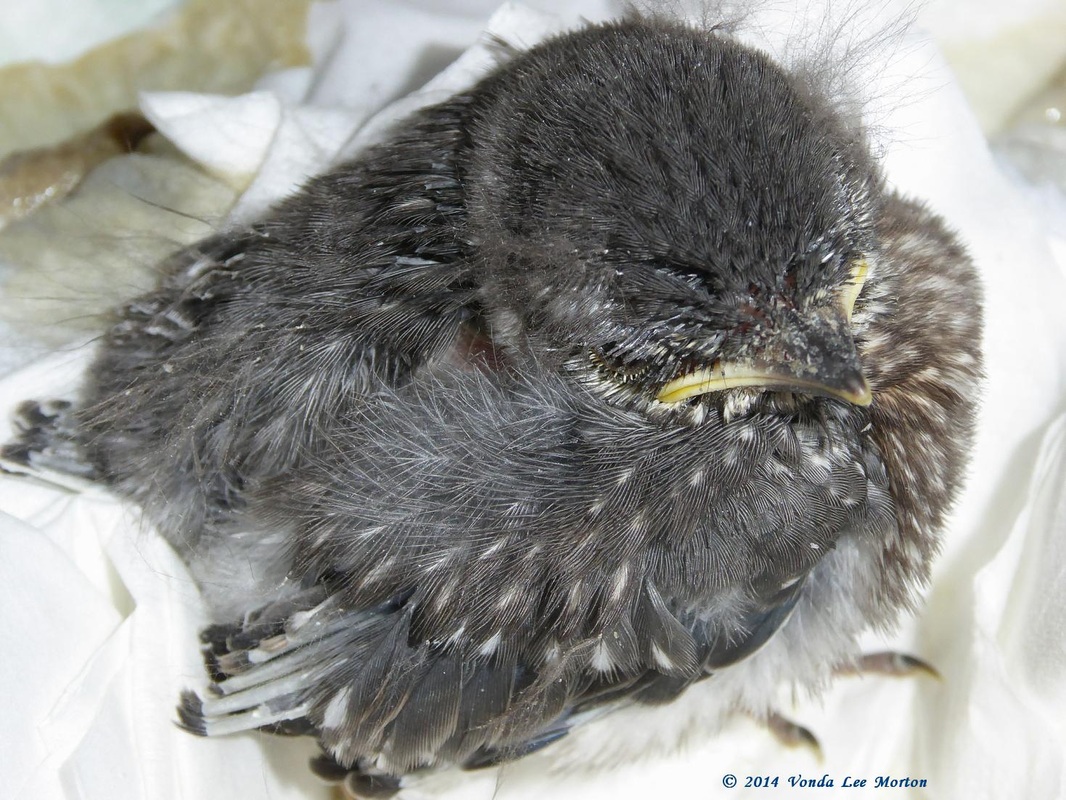
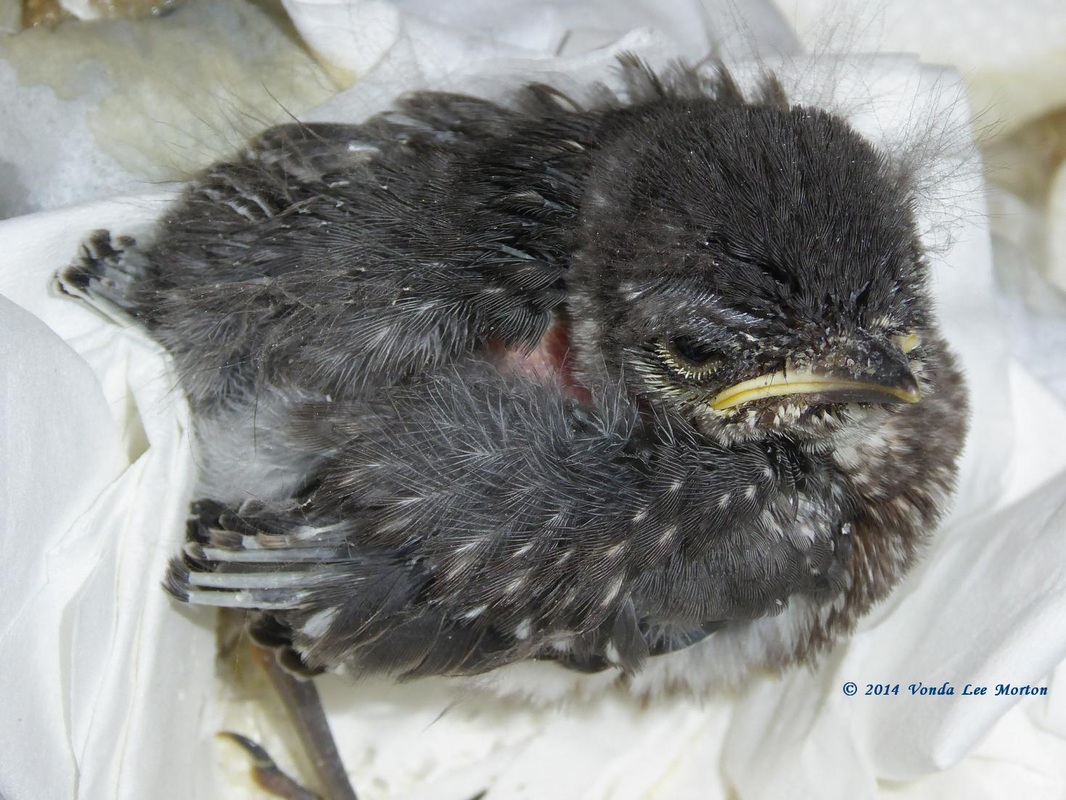
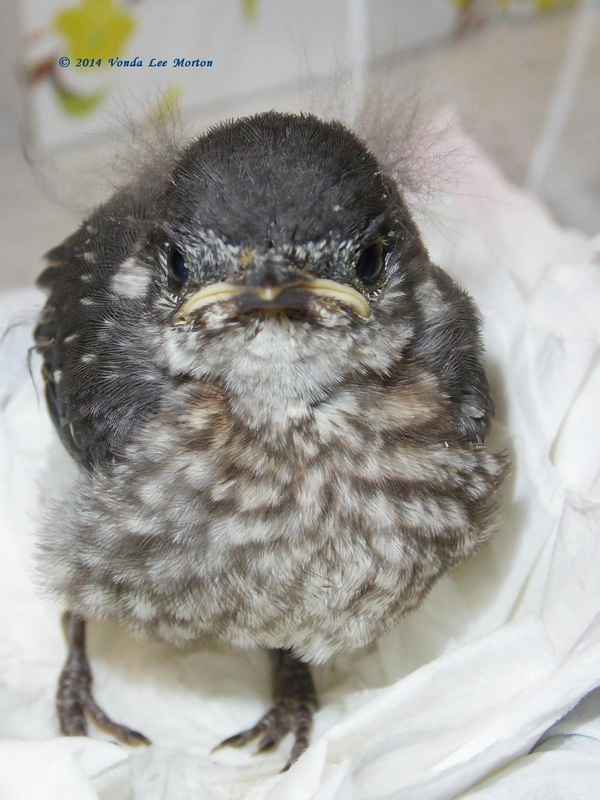
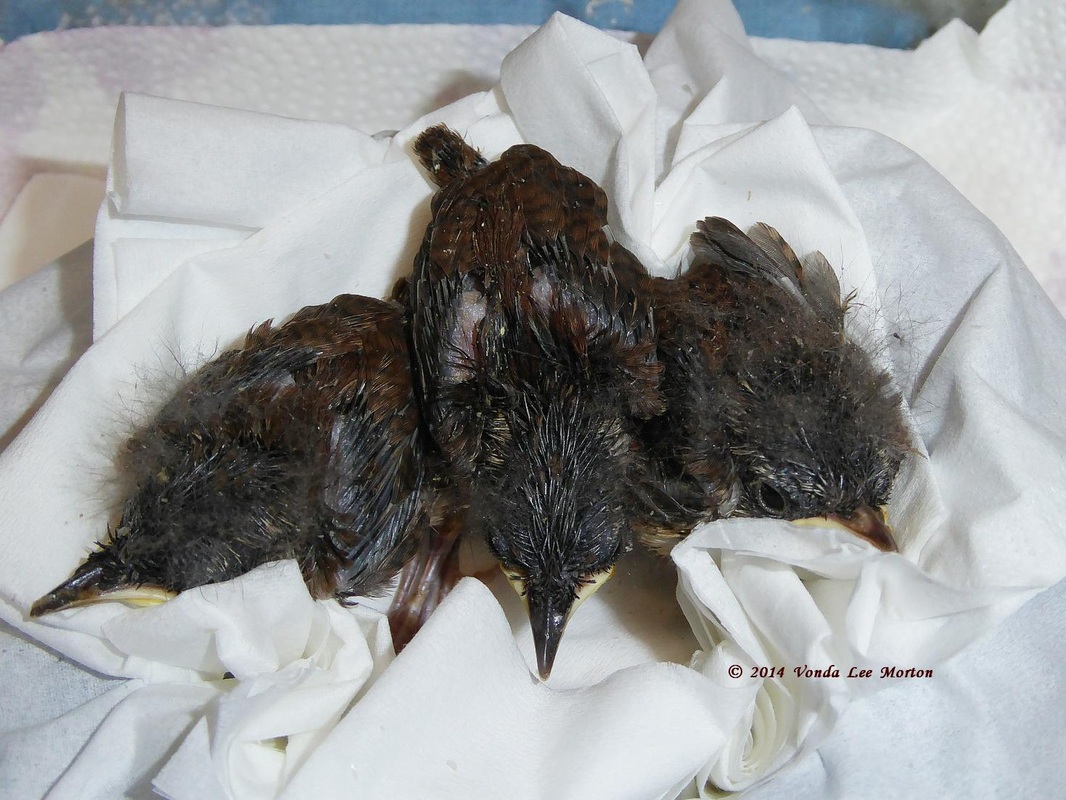
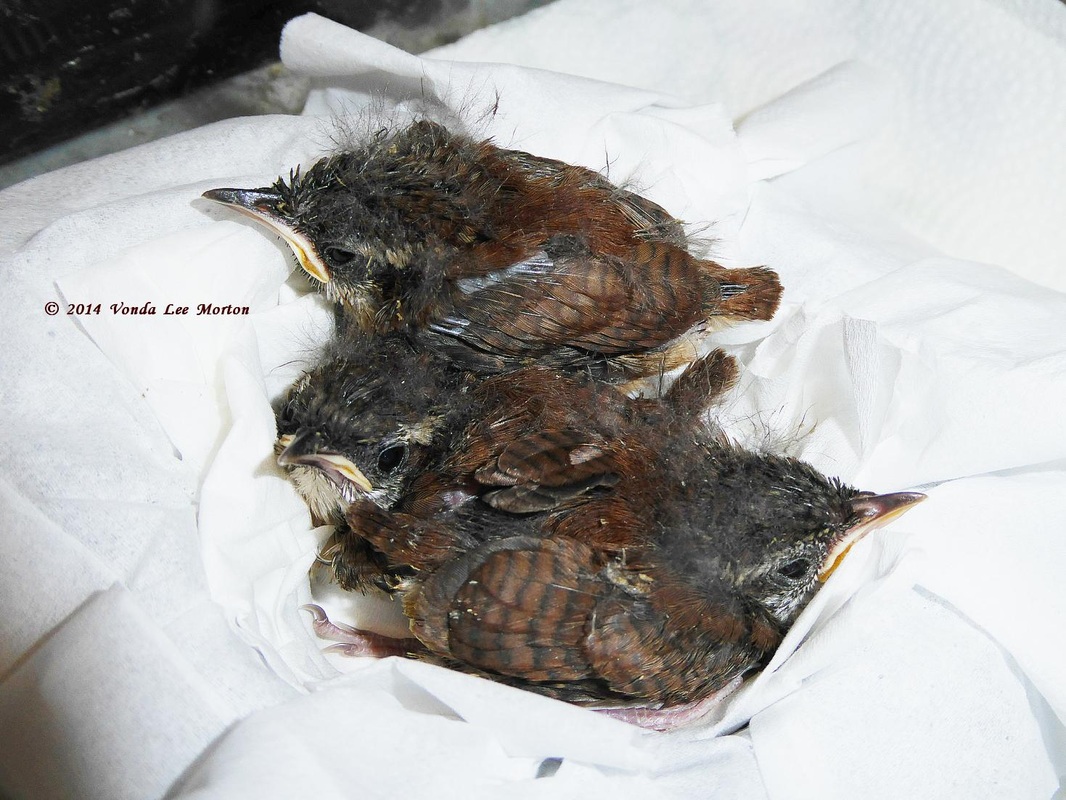
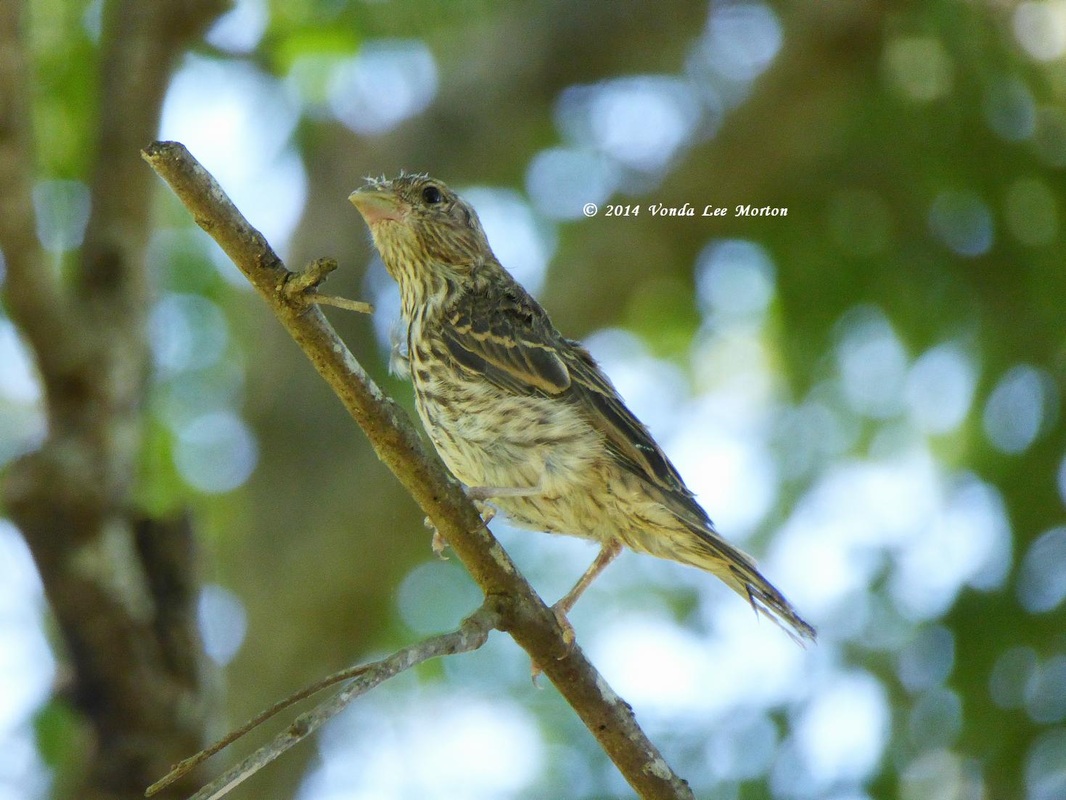
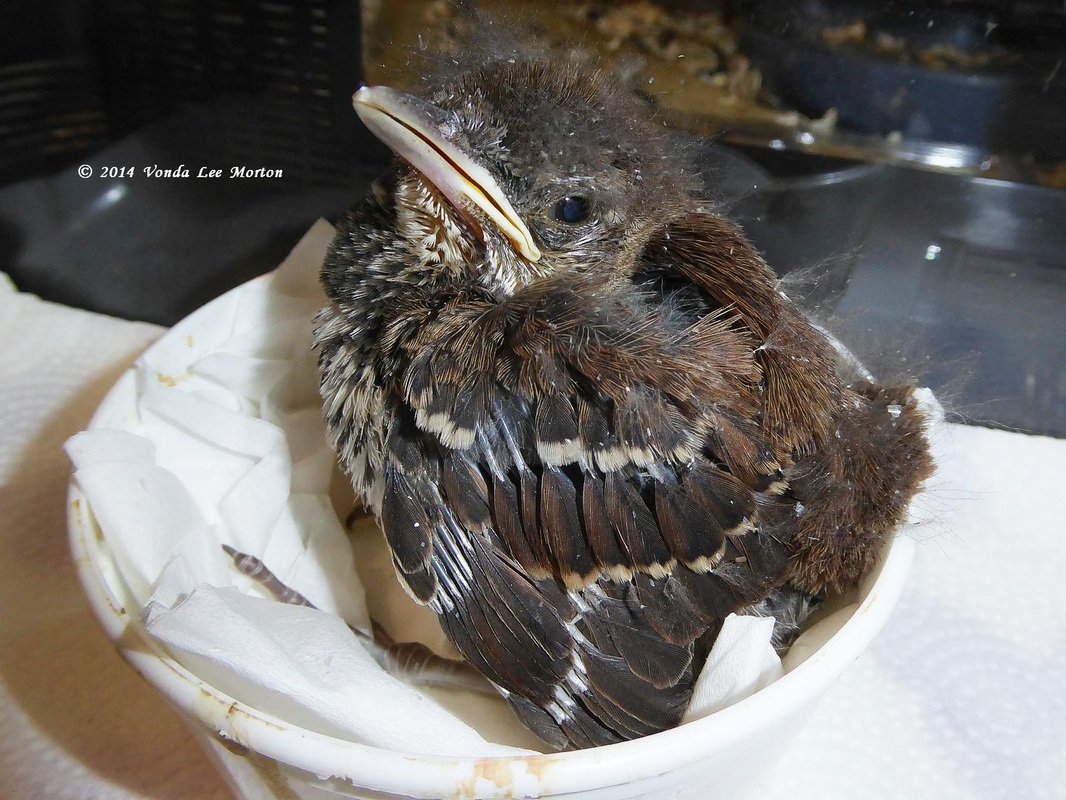
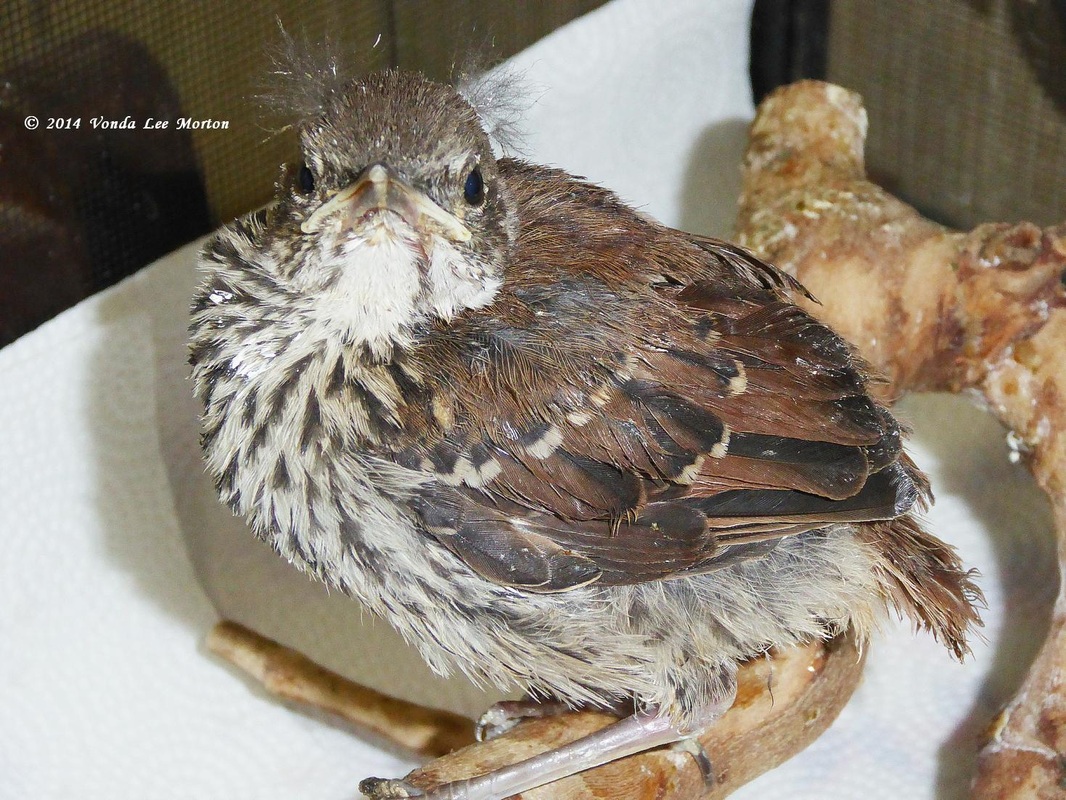
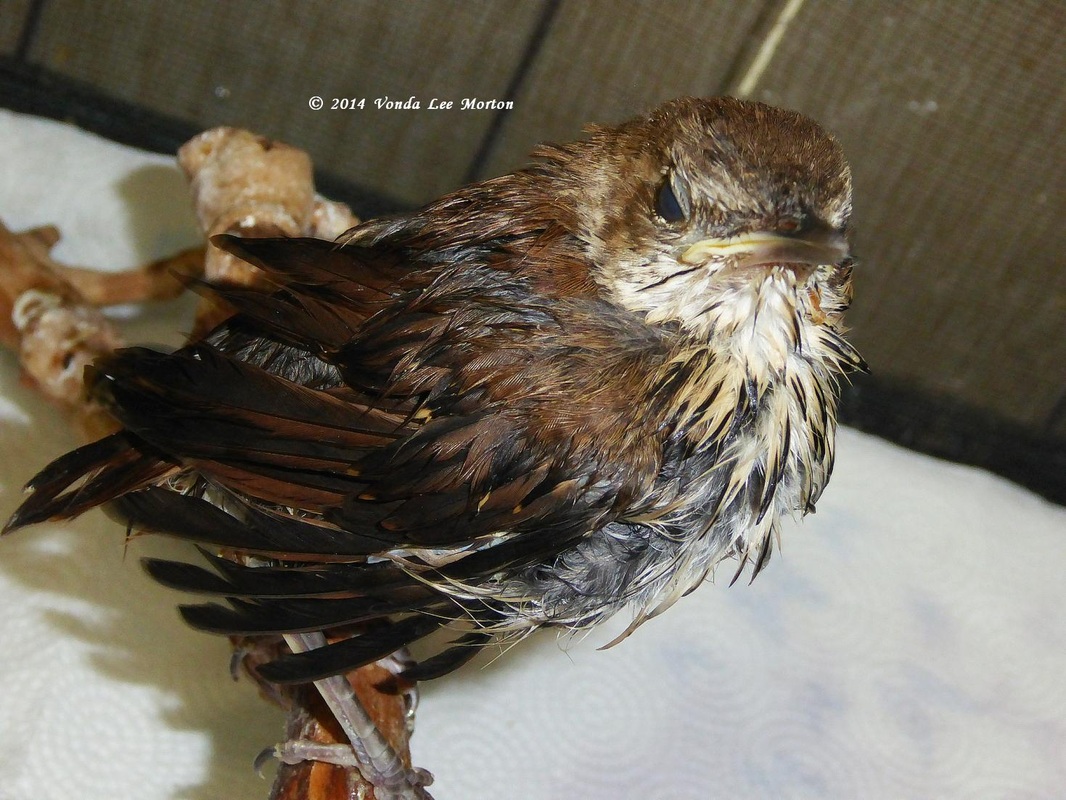
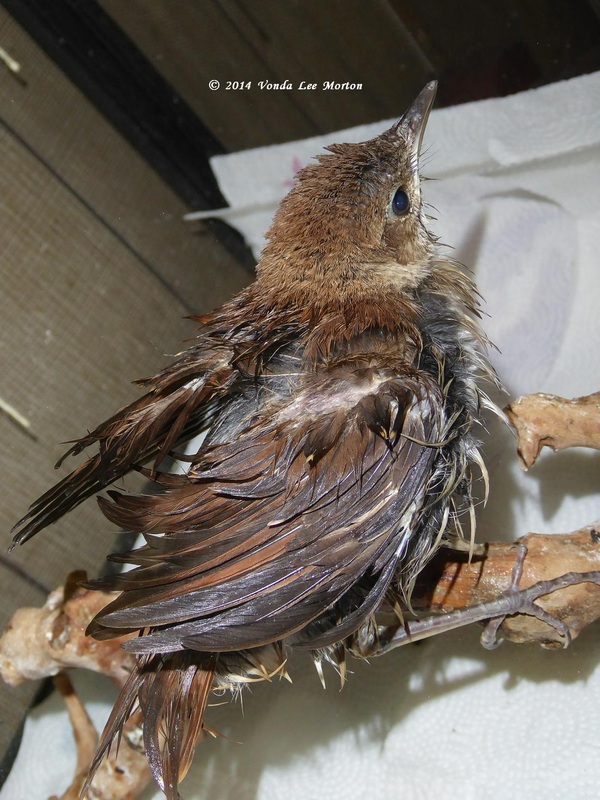
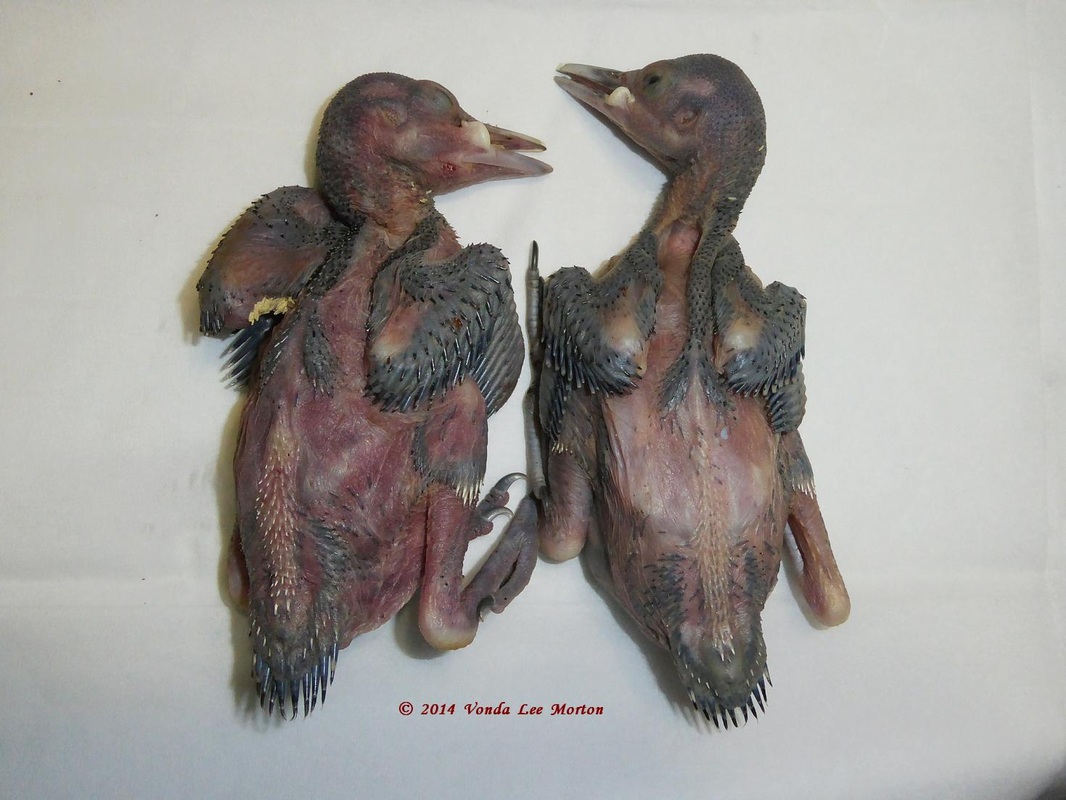
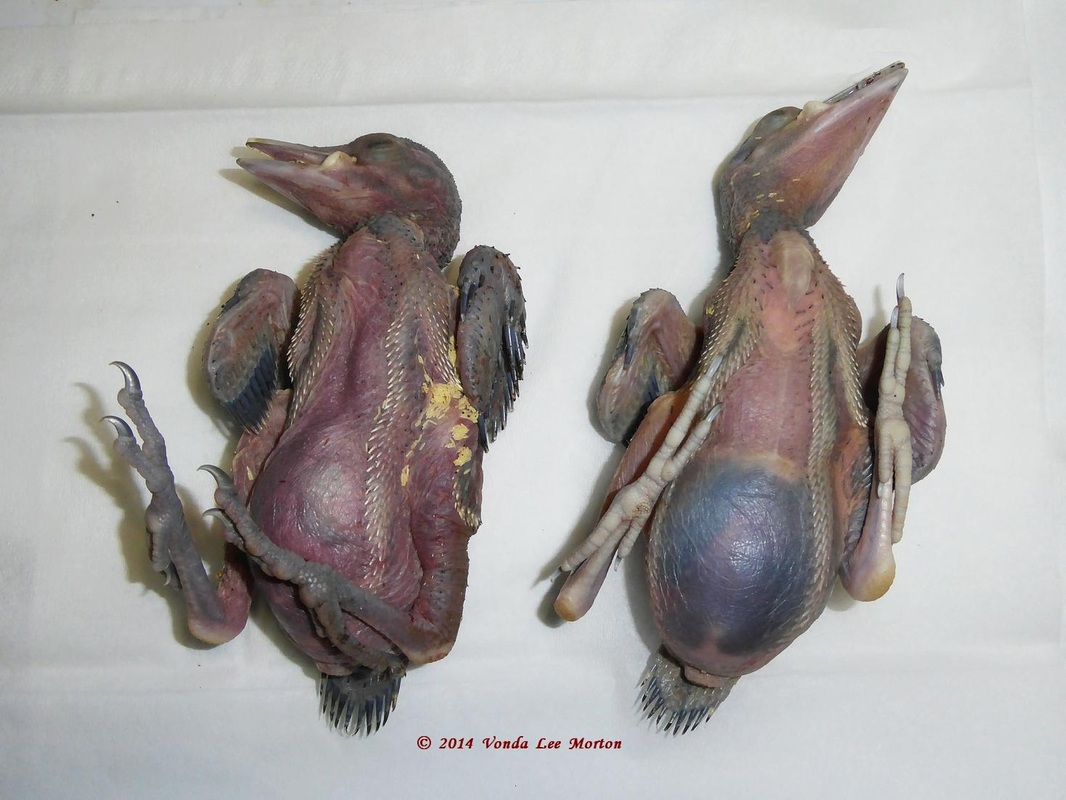
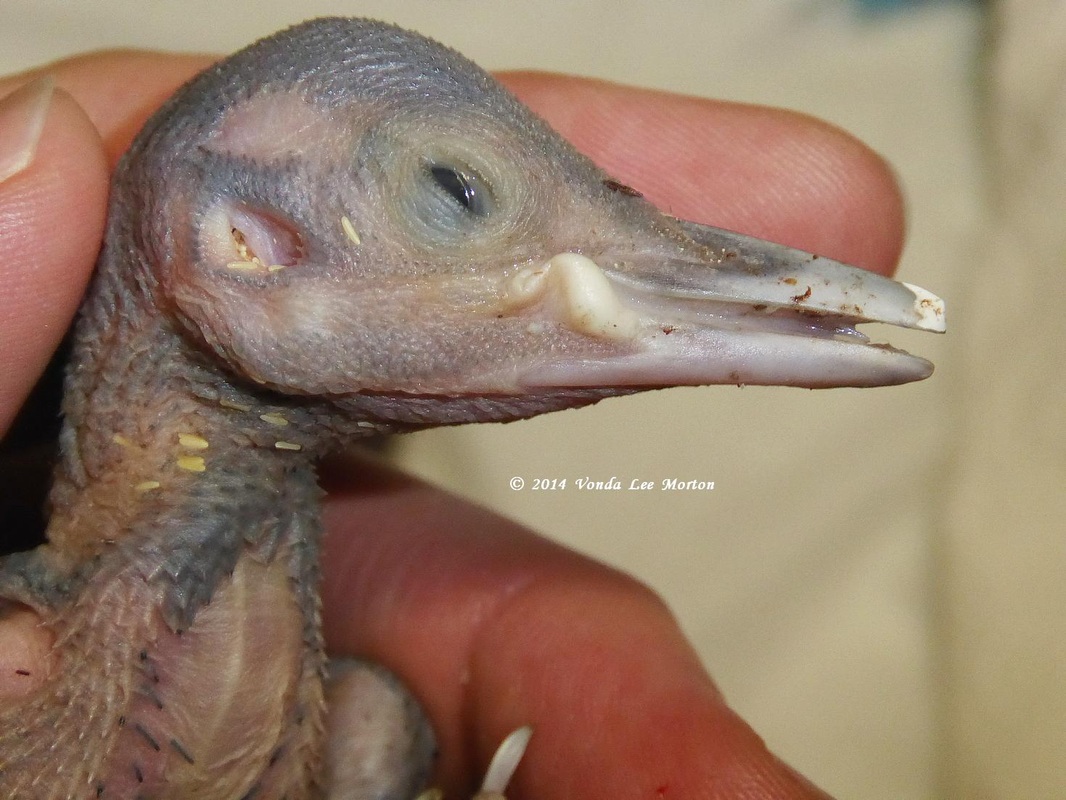
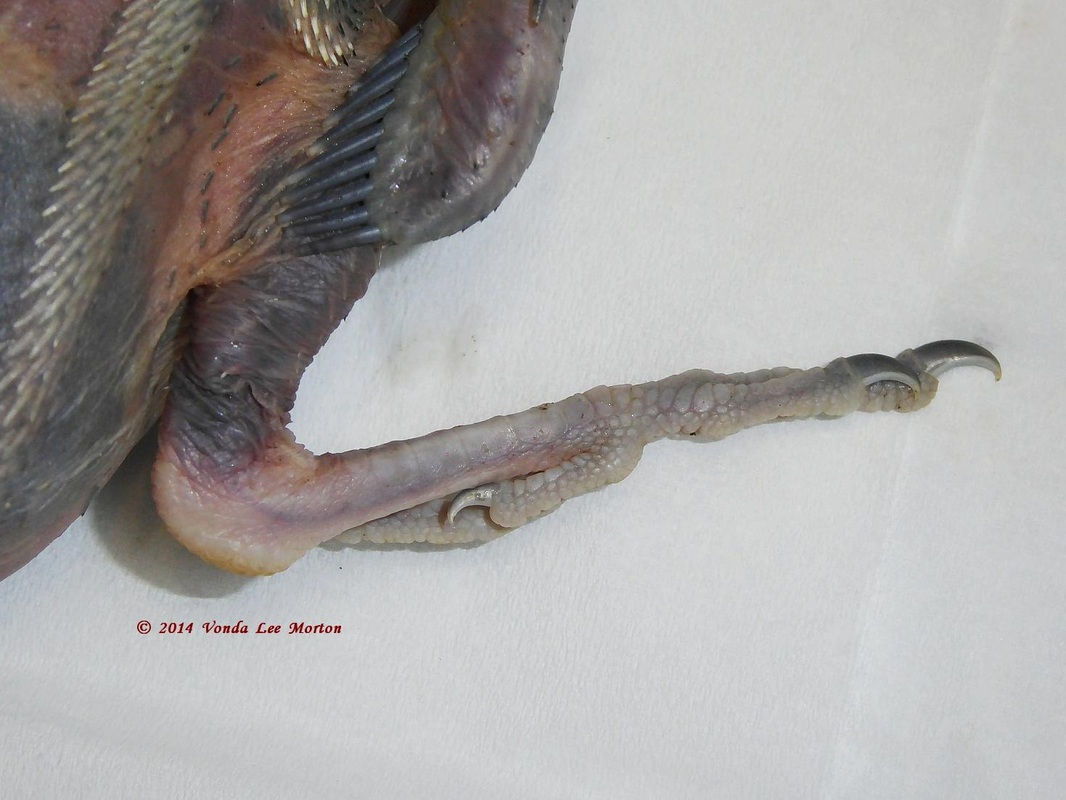
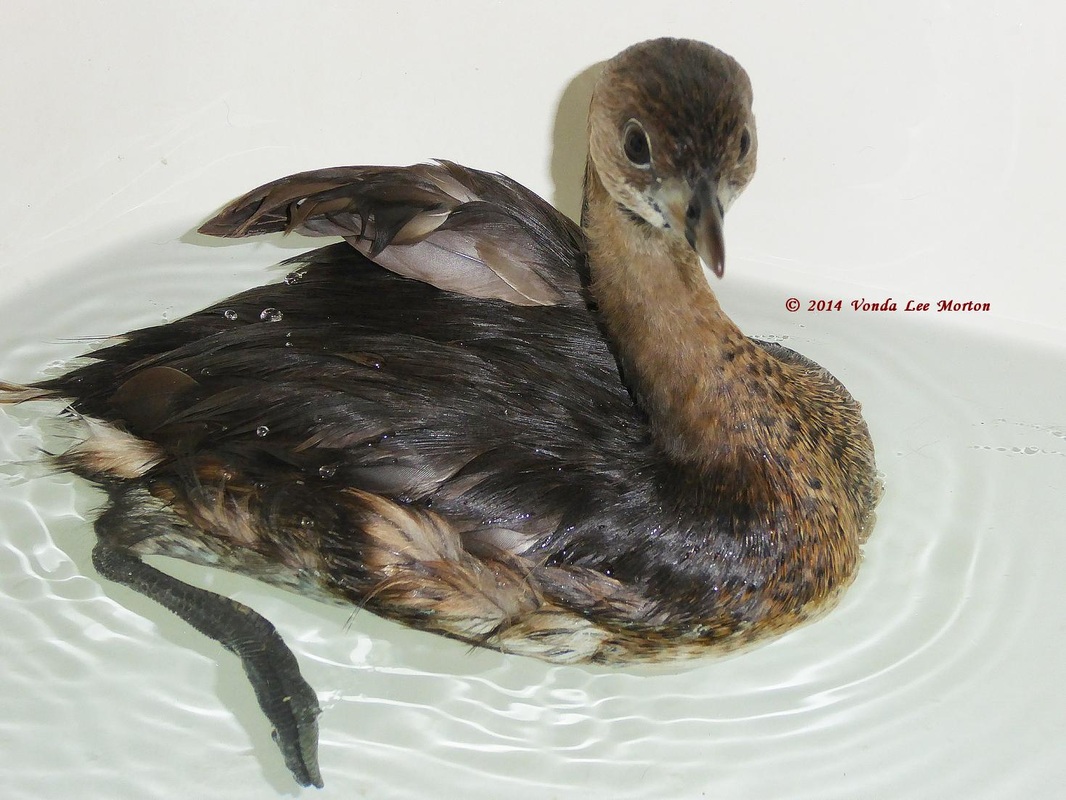
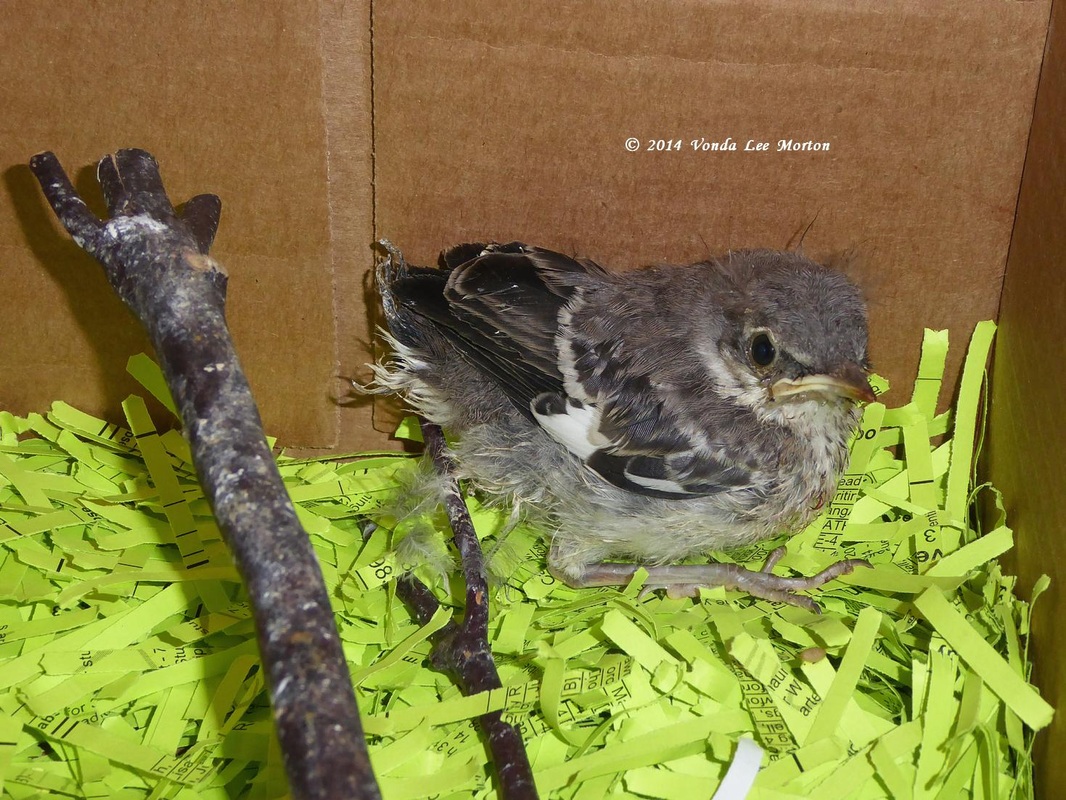
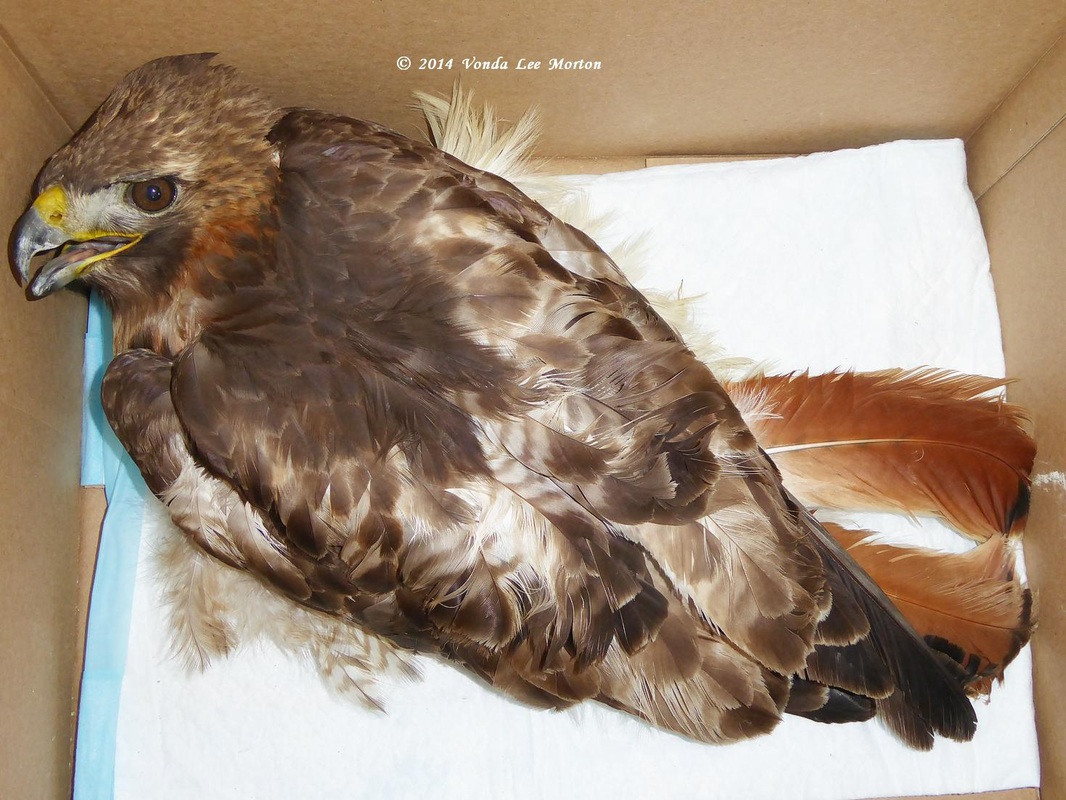
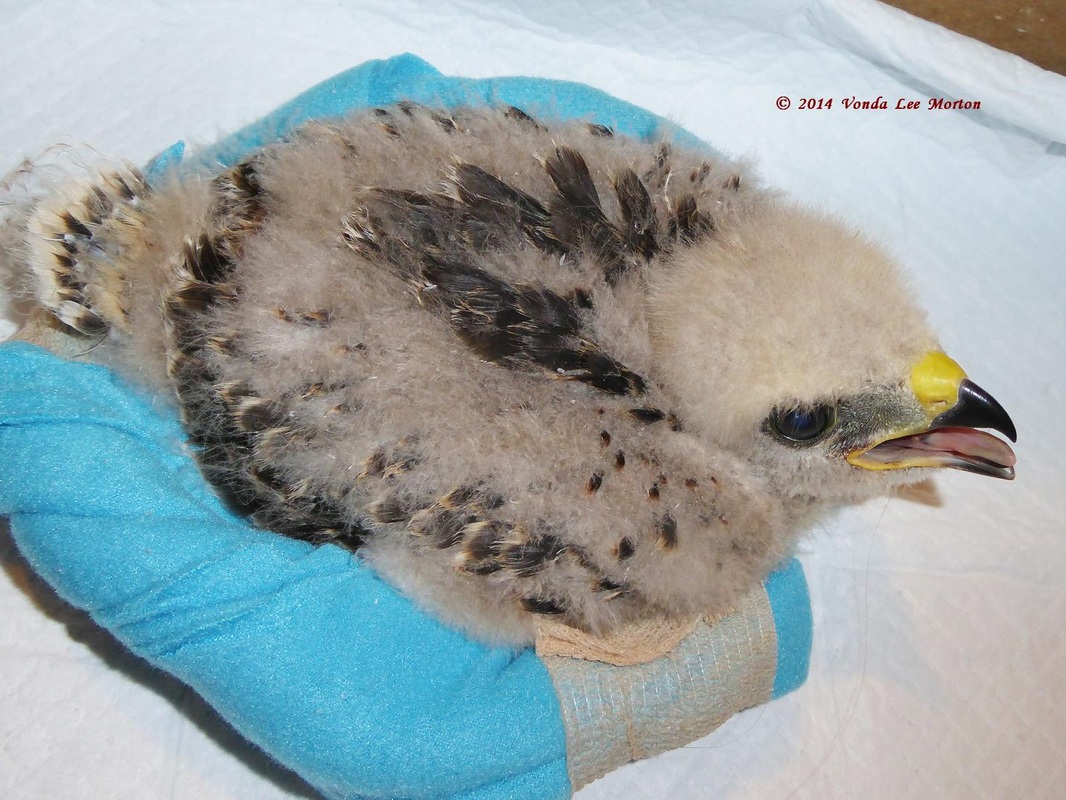
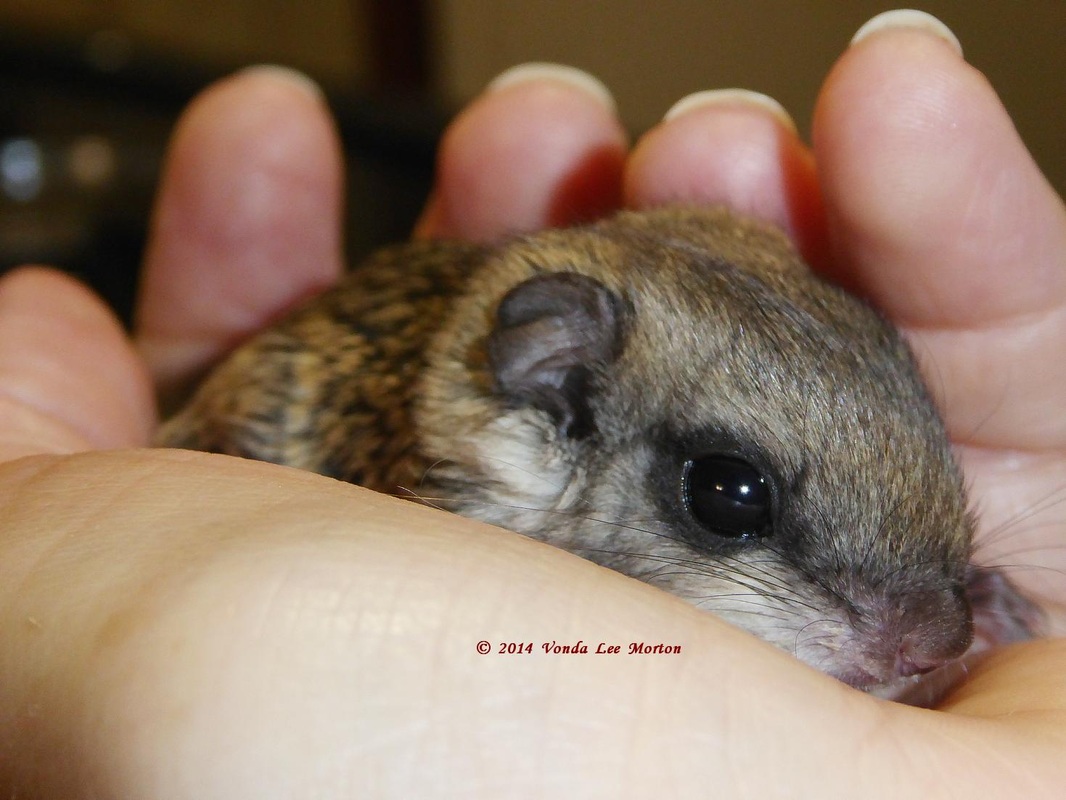

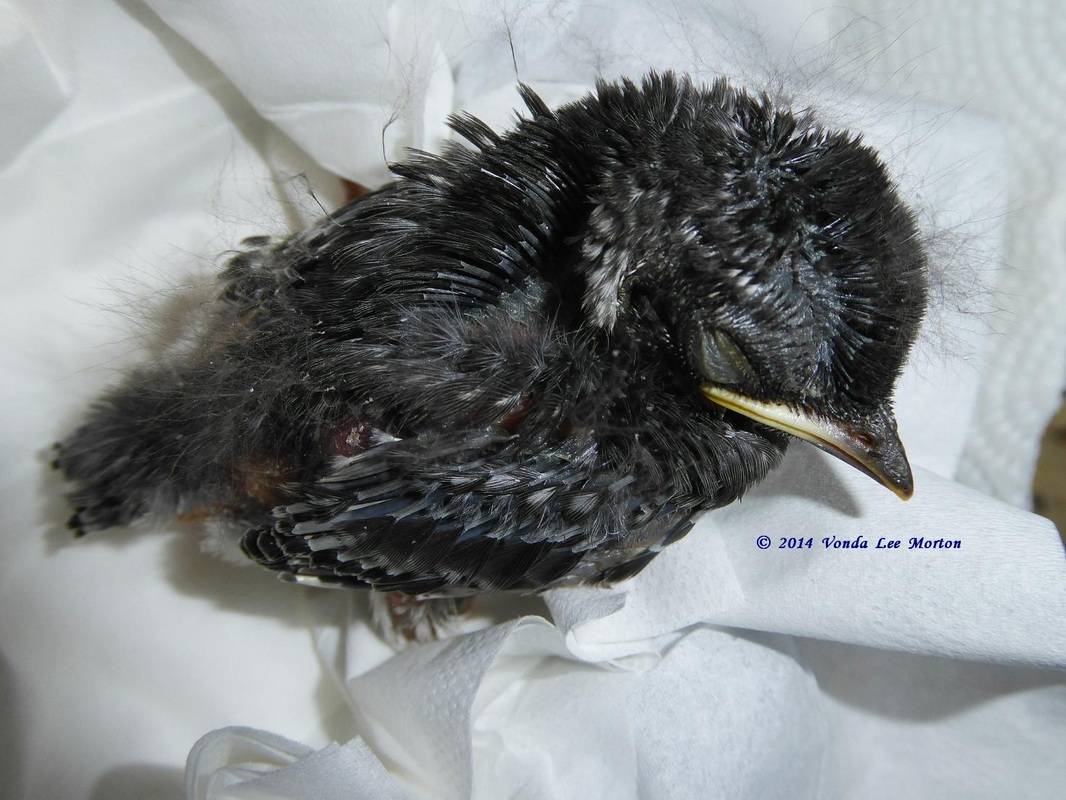
 RSS Feed
RSS Feed
